Elise Peroi
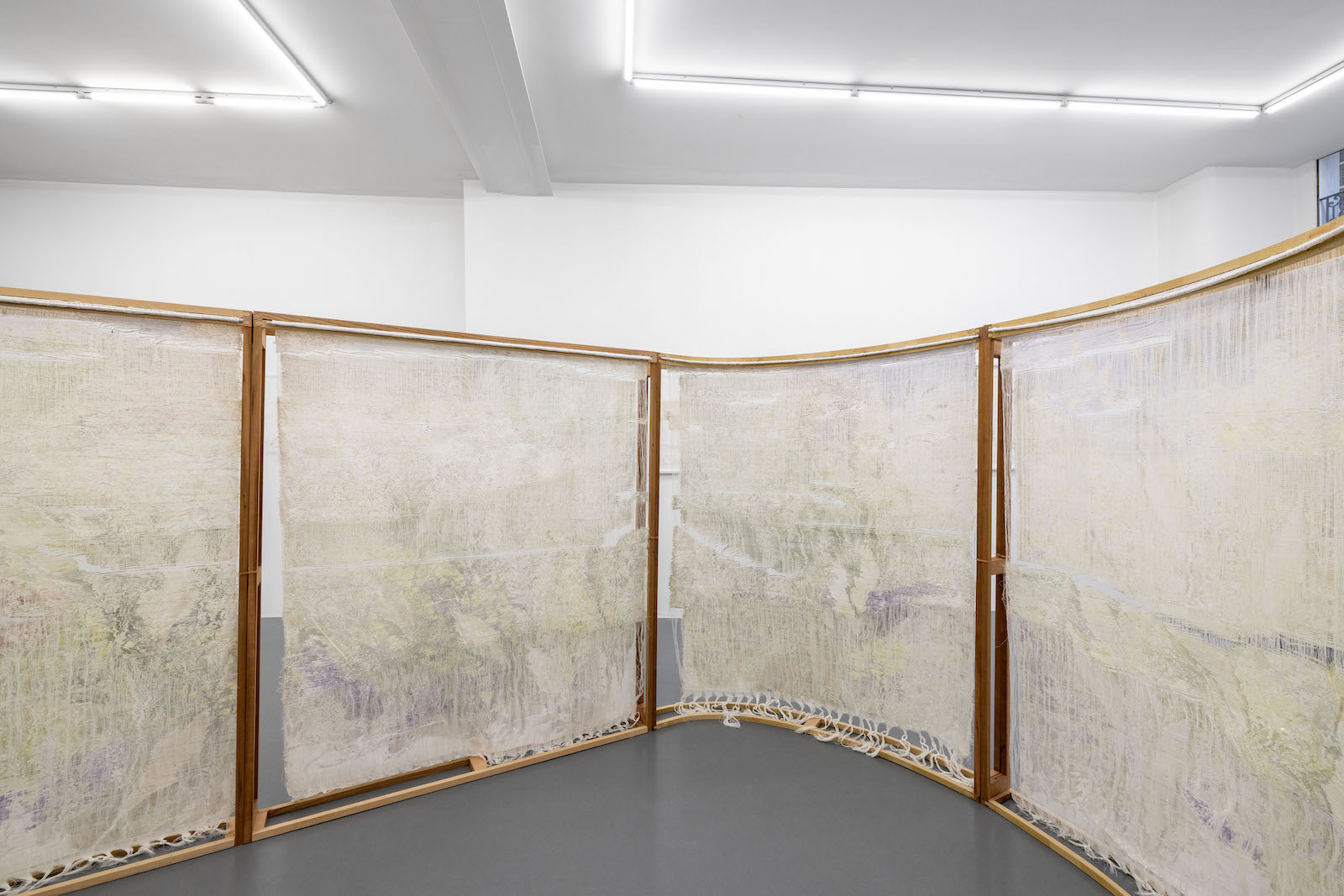
400 x 169 x 300 cm
© Romain Darnaud
Like an hymn to nature, Vent dominant plays with the close link between textile and architecture, the support and the surface, and its deployment in space. As an extension of her practice, Elise Peroi draws on Augustin Berque's Histoire de l'habitat idéal, De l'Orient vers l'Occident and his idea of the hut as a natural habitat. Produced as part of her residency at the Fondation Thalie in Arles in 2024, this work is part of her Nouer une cabane project, in which she draws inspiration from the gardian's houses in Camargue (South of France). Originally built from wood and reeds sewn together with wire, these shelters, whose rounded shape allows them to withstand the Mistral wind, blend in naturally with their surroundings. The architectural structure blends into the landscape through the drawn shapes and the use of emptiness as the poetry of the wind, the whole becoming one. ‘For me, the hut is a way of representing textiles as nomadic, breathable architecture, working with textiles of varying inclinations.' - Elise Peroi
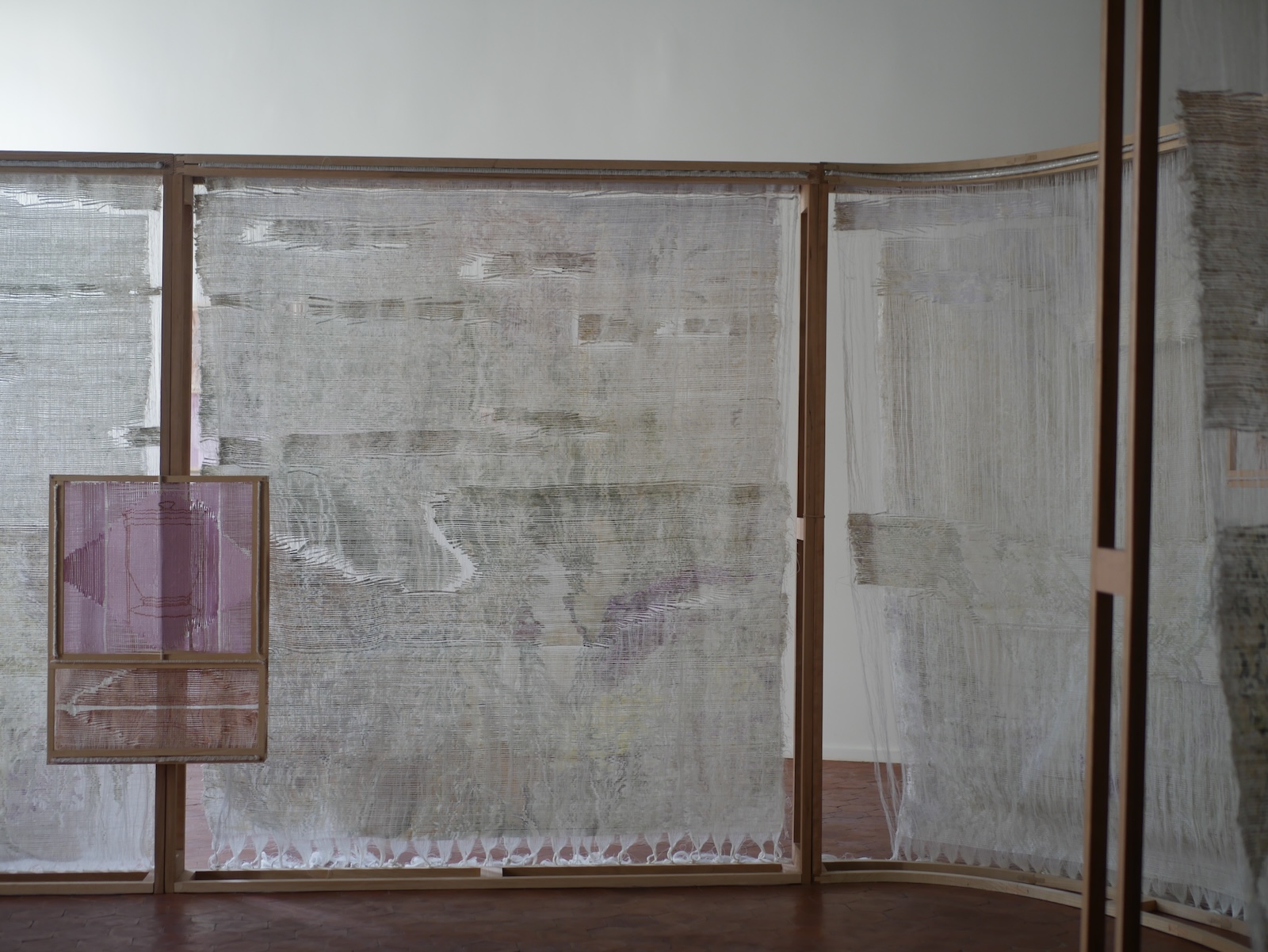
400 x 169 x 300 cm
© Romain Darnaud
Like an hymn to nature, Vent dominant plays with the close link between textile and architecture, the support and the surface, and its deployment in space. As an extension of her practice, Elise Peroi draws on Augustin Berque's Histoire de l'habitat idéal, De l'Orient vers l'Occident and his idea of the hut as a natural habitat. Produced as part of her residency at the Fondation Thalie in Arles in 2024, this work is part of her Nouer une cabane project, in which she draws inspiration from the gardian's houses in Camargue (South of France). Originally built from wood and reeds sewn together with wire, these shelters, whose rounded shape allows them to withstand the Mistral wind, blend in naturally with their surroundings. The architectural structure blends into the landscape through the drawn shapes and the use of emptiness as the poetry of the wind, the whole becoming one. ‘For me, the hut is a way of representing textiles as nomadic, breathable architecture, working with textiles of varying inclinations.' - Elise Peroi
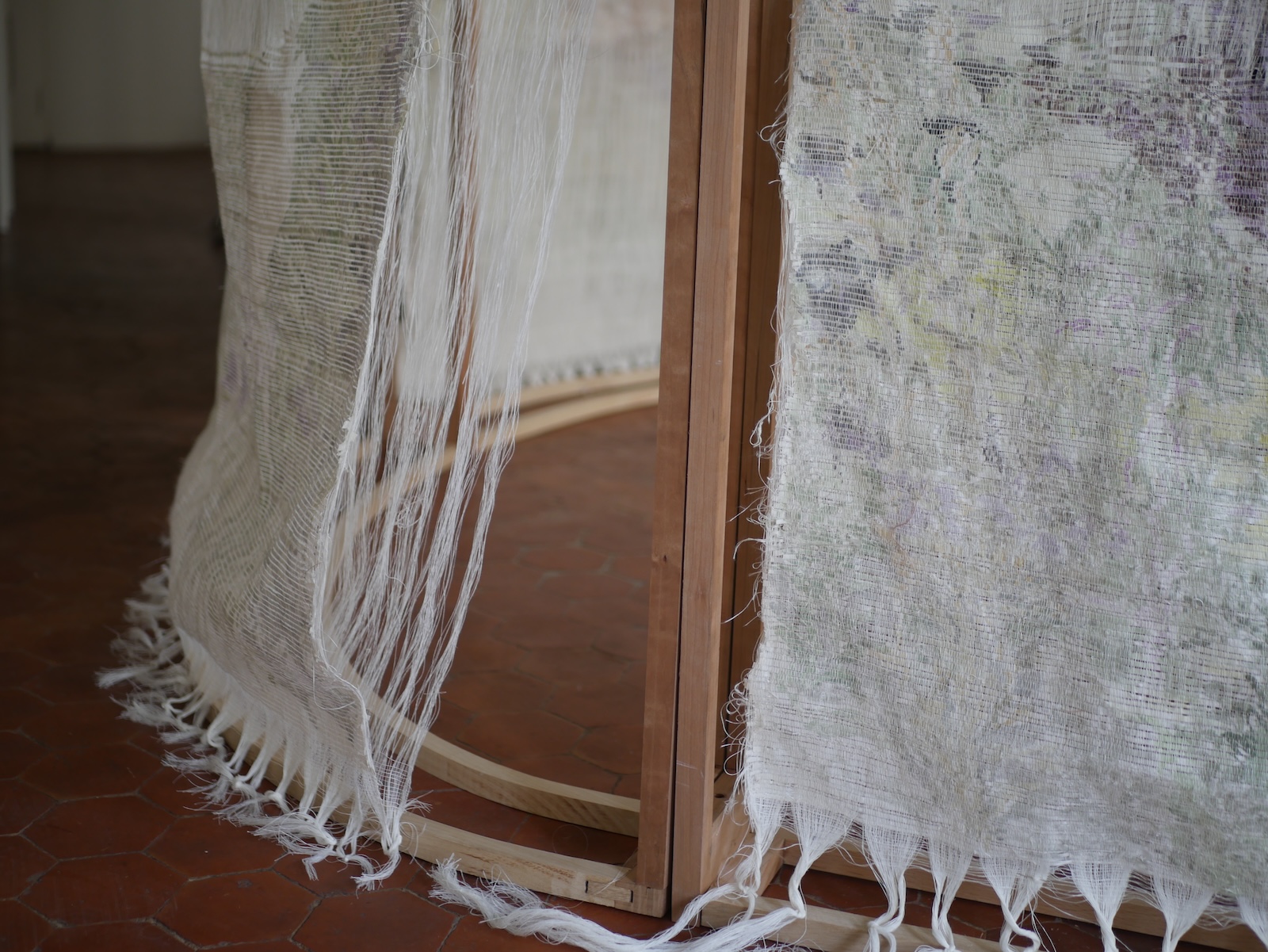
400 x 169 x 300 cm
© Romain Darnaud
Like an hymn to nature, Vent dominant plays with the close link between textile and architecture, the support and the surface, and its deployment in space. As an extension of her practice, Elise Peroi draws on Augustin Berque's Histoire de l'habitat idéal, De l'Orient vers l'Occident and his idea of the hut as a natural habitat. Produced as part of her residency at the Fondation Thalie in Arles in 2024, this work is part of her Nouer une cabane project, in which she draws inspiration from the gardian's houses in Camargue (South of France). Originally built from wood and reeds sewn together with wire, these shelters, whose rounded shape allows them to withstand the Mistral wind, blend in naturally with their surroundings. The architectural structure blends into the landscape through the drawn shapes and the use of emptiness as the poetry of the wind, the whole becoming one. ‘For me, the hut is a way of representing textiles as nomadic, breathable architecture, working with textiles of varying inclinations.' - Elise Peroi
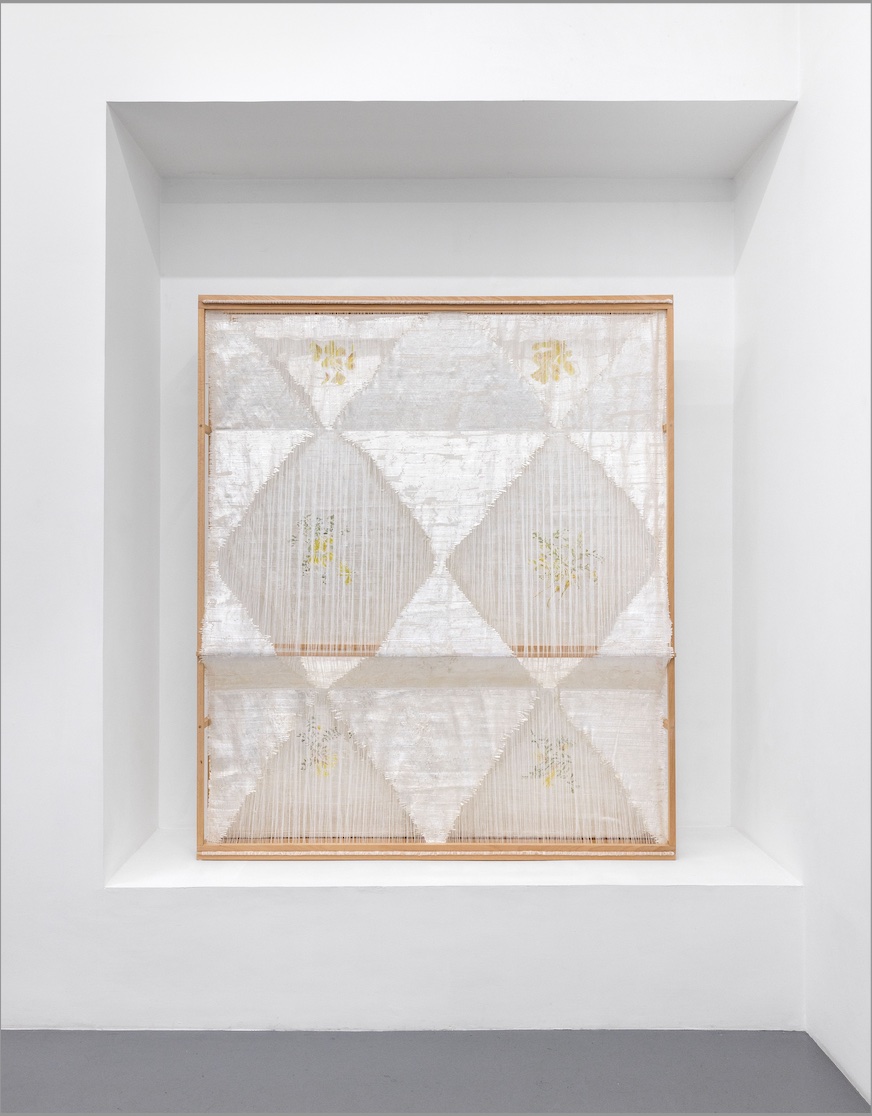
166 x 140 x 15 cm
© Romain Darnaud
Attrape-brouillard is inspired by the water collection nets installed in Morocco to supply local populations and alleviate shortages. Using a mesh technique, the fog is captured and transformed. Like ‘a cloud to be painted', Élise Peroi thinks up her own installation, playing with volumes and light. The movement, reinforced by the use of silver leaves, gives substance to the shapes and to the idea of shimmering water. The use of transparency in the voids reveals the pattern of yellow shrubs, the Sophora denudata, a species naturally capable of capturing water from the fog.
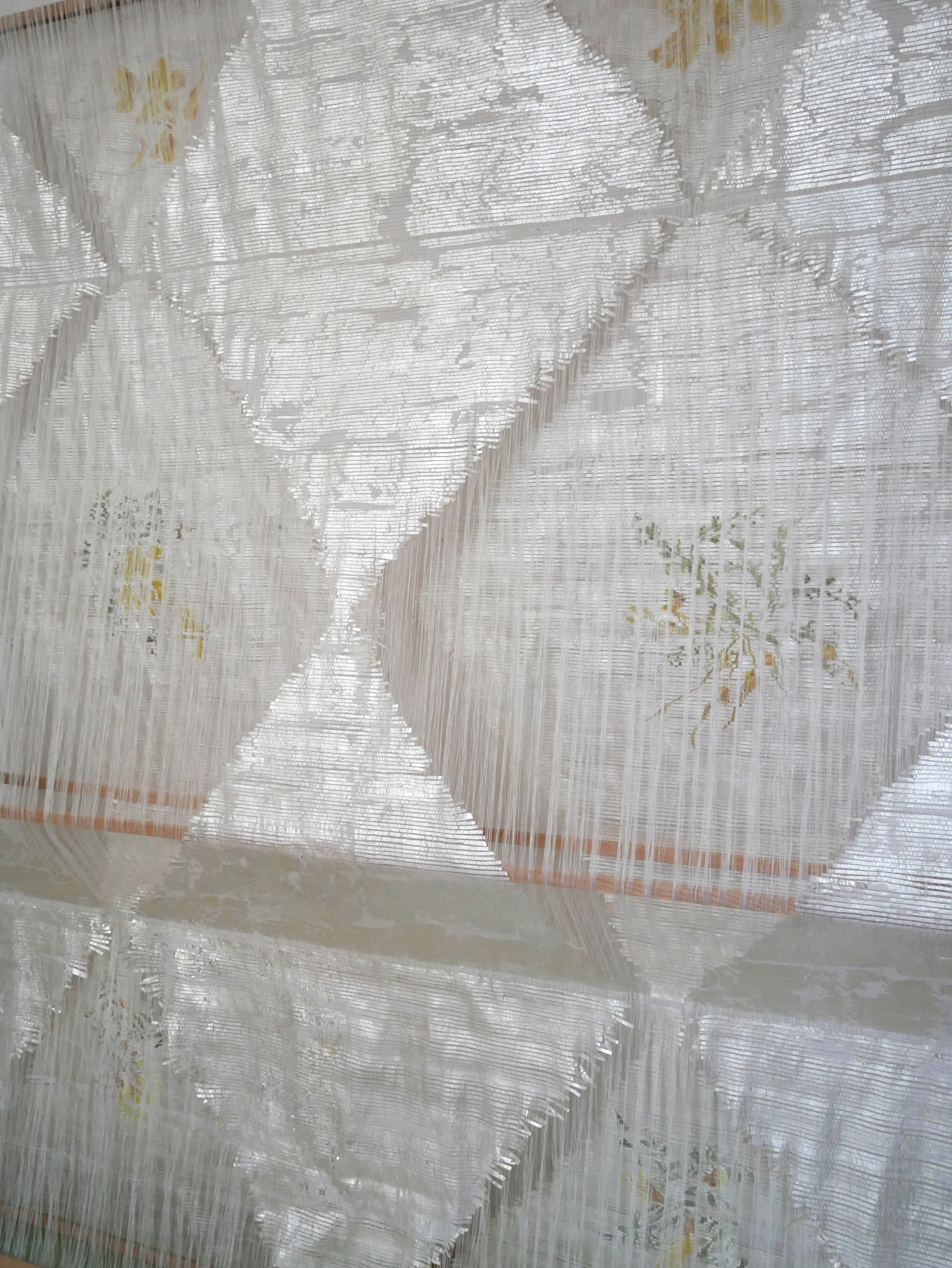
166 x 140 x 15 cm
© Romain Darnaud
Attrape-brouillard is inspired by the water collection nets installed in Morocco to supply local populations and alleviate shortages. Using a mesh technique, the fog is captured and transformed. Like ‘a cloud to be painted', Élise Peroi thinks up her own installation, playing with volumes and light. The movement, reinforced by the use of silver leaves, gives substance to the shapes and to the idea of shimmering water. The use of transparency in the voids reveals the pattern of yellow shrubs, the Sophora denudata, a species naturally capable of capturing water from the fog.
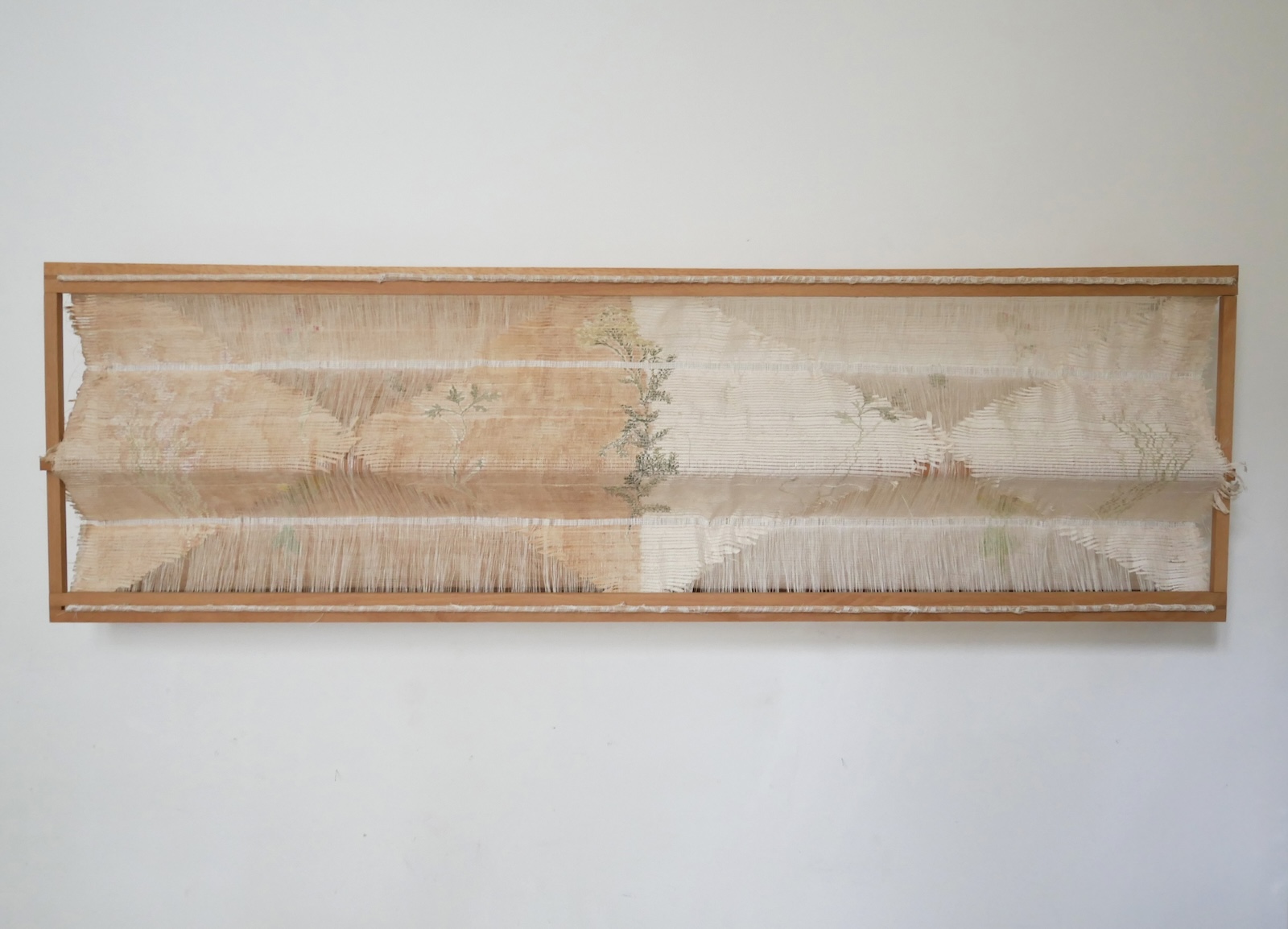
42 x 140 x 15 cm
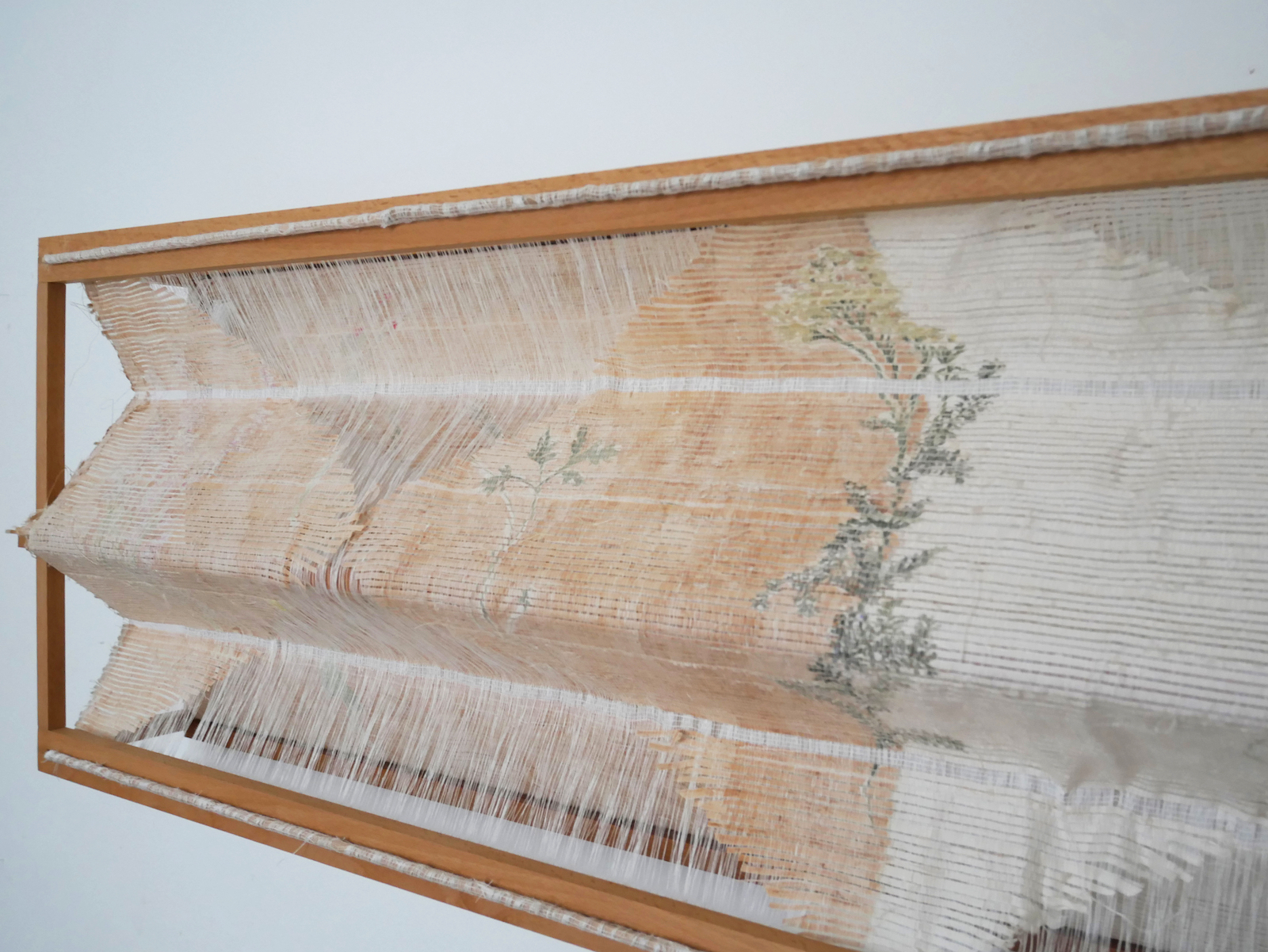
42 x 140 x 15 cm
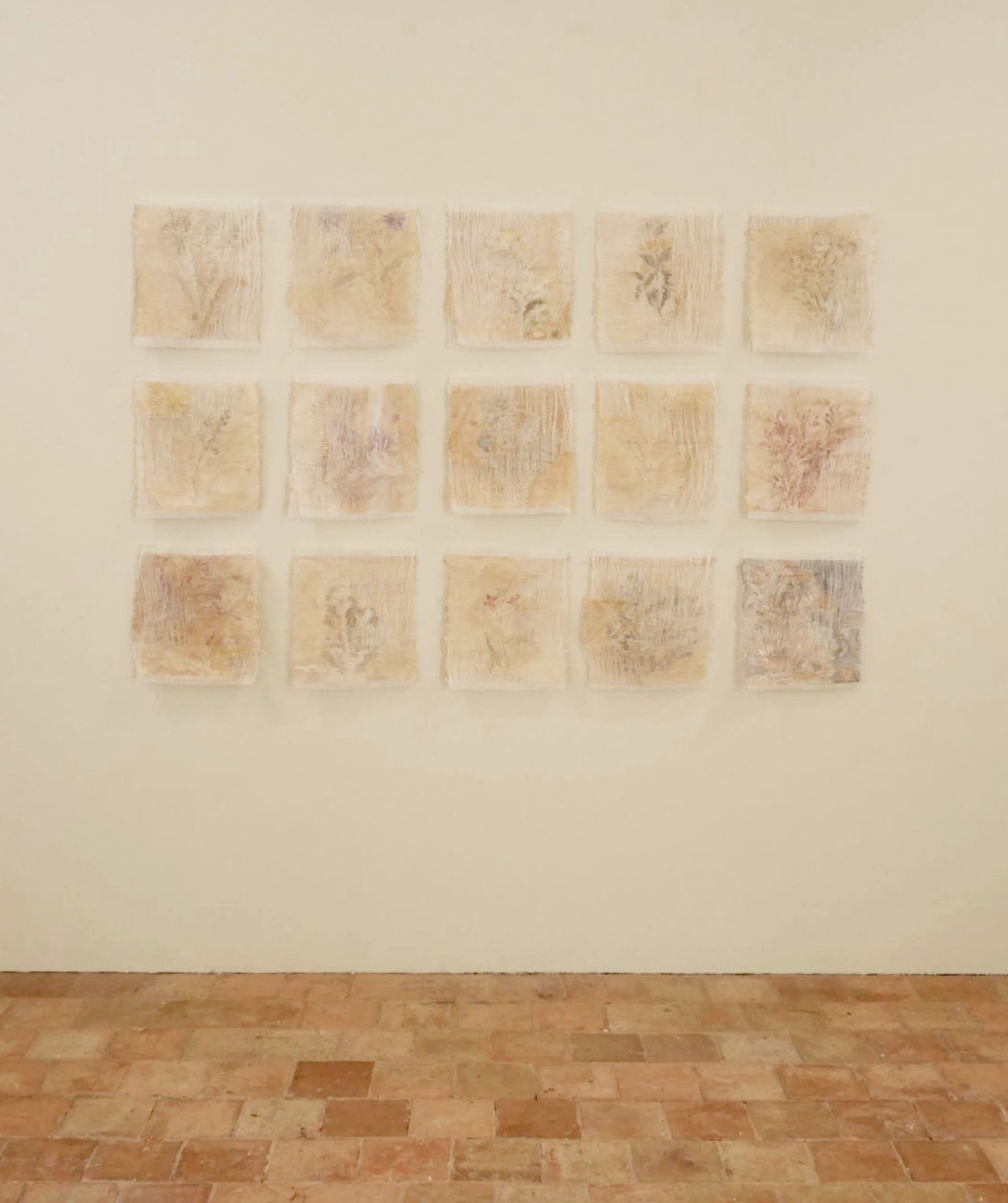
Variable dimensions
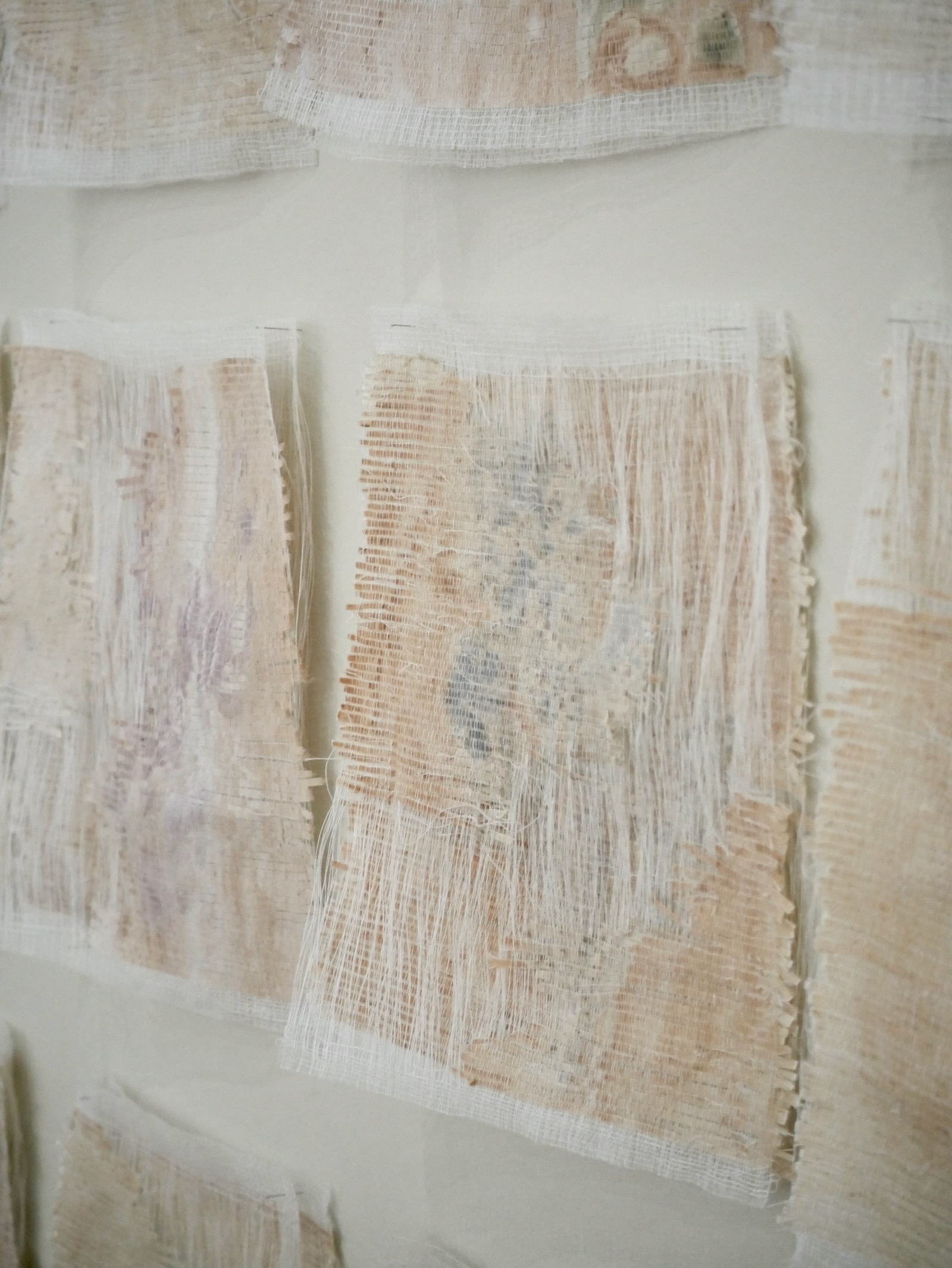
Variable dimensions
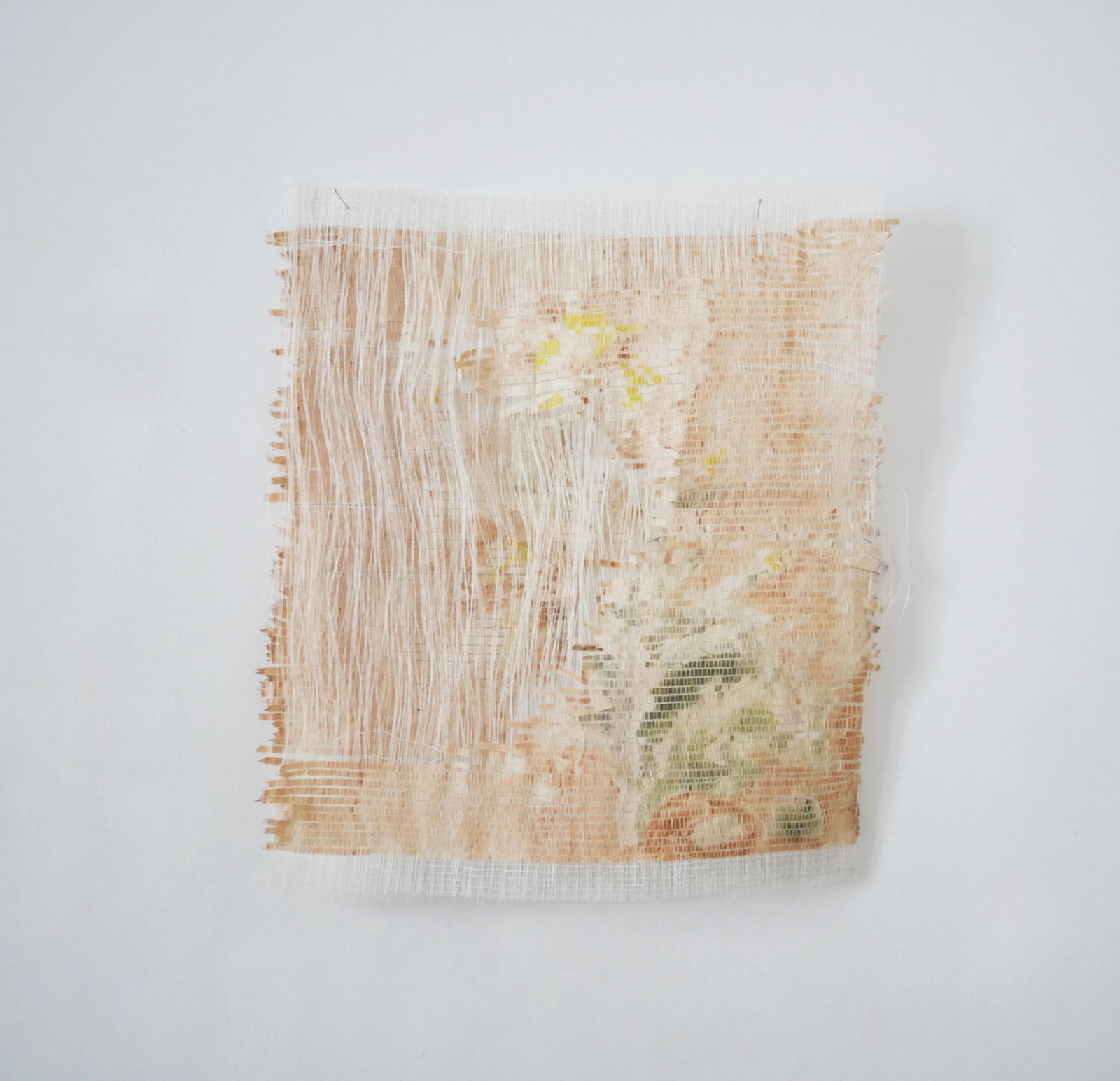
33 x 27 cm
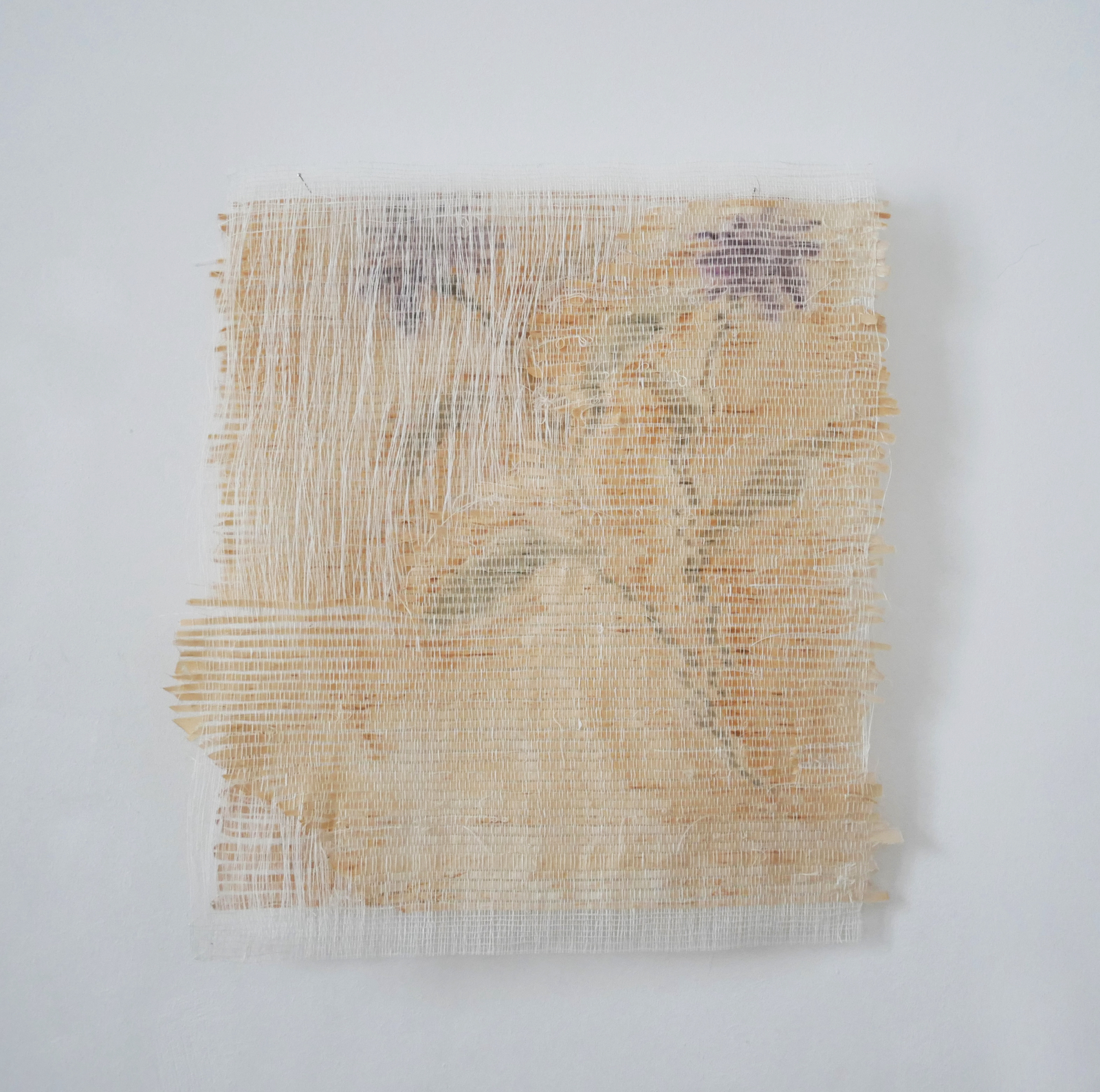
33 x 27 cm
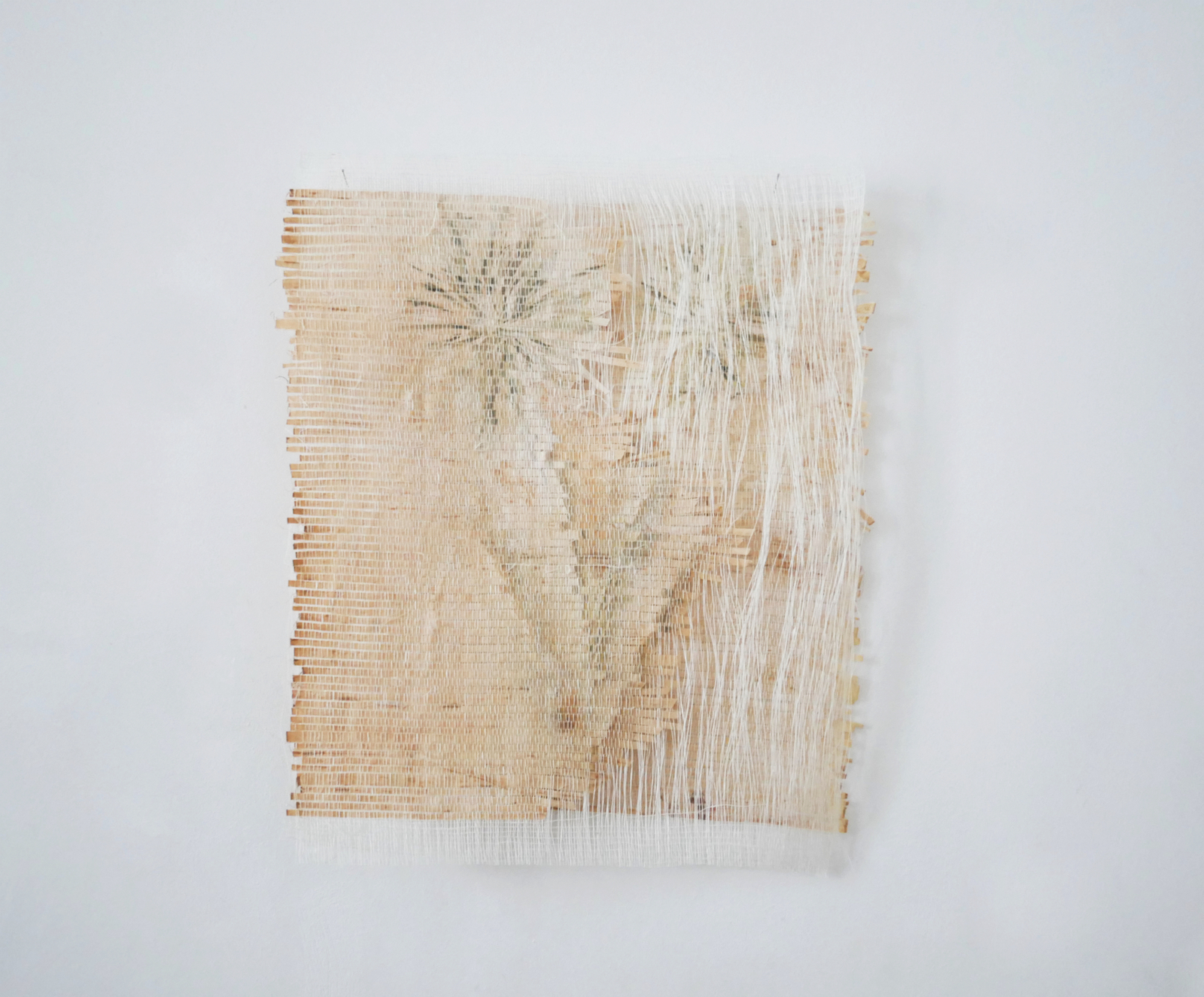
33 x 27 cm

63 x 44 cm
© Romain Darnaud
The series, S'attarder en surface, has its origins in Italo Calvino's Les villes invisibles, a poetic utopian look at our modern world. Élise Peroi is developing her own textile cartography, breaking it down into 7 unique works and defining her own aesthetic of the fragment. Her work revolves around the question of presence through absence, signified by the use of the void as form and material. The application of silver leaf, whose oxidation suggests a natural evolution of colours towards red, mixed with painted flower motifs reminiscent of those in Persian miniatures, questions the notion of time. Each of the fragments comes from the same silk canvas, painted and then cut, which is then woven with linen threads.

63 x 44 cm
© Romain Darnaud
The series, S'attarder en surface, has its origins in Italo Calvino's Les villes invisibles, a poetic utopian look at our modern world. Élise Peroi is developing her own textile cartography, breaking it down into 7 unique works and defining her own aesthetic of the fragment. Her work revolves around the question of presence through absence, signified by the use of the void as form and material. The application of silver leaf, whose oxidation suggests a natural evolution of colours towards red, mixed with painted flower motifs reminiscent of those in Persian miniatures, questions the notion of time. Each of the fragments comes from the same silk canvas, painted and then cut, which is then woven with linen threads.

63 x 44 cm
© Romain Darnaud
The series, S'attarder en surface, has its origins in Italo Calvino's Les villes invisibles, a poetic utopian look at our modern world. Élise Peroi is developing her own textile cartography, breaking it down into 7 unique works and defining her own aesthetic of the fragment. Her work revolves around the question of presence through absence, signified by the use of the void as form and material. The application of silver leaf, whose oxidation suggests a natural evolution of colours towards red, mixed with painted flower motifs reminiscent of those in Persian miniatures, questions the notion of time. Each of the fragments comes from the same silk canvas, painted and then cut, which is then woven with linen threads.

63 x 44 cm
© Romain Darnaud
The series, S'attarder en surface, has its origins in Italo Calvino's Les villes invisibles, a poetic utopian look at our modern world. Élise Peroi is developing her own textile cartography, breaking it down into 7 unique works and defining her own aesthetic of the fragment. Her work revolves around the question of presence through absence, signified by the use of the void as form and material. The application of silver leaf, whose oxidation suggests a natural evolution of colours towards red, mixed with painted flower motifs reminiscent of those in Persian miniatures, questions the notion of time. Each of the fragments comes from the same silk canvas, painted and then cut, which is then woven with linen threads.

63 x 44 cm
© Romain Darnaud
The series, S'attarder en surface, has its origins in Italo Calvino's Les villes invisibles, a poetic utopian look at our modern world. Élise Peroi is developing her own textile cartography, breaking it down into 7 unique works and defining her own aesthetic of the fragment. Her work revolves around the question of presence through absence, signified by the use of the void as form and material. The application of silver leaf, whose oxidation suggests a natural evolution of colours towards red, mixed with painted flower motifs reminiscent of those in Persian miniatures, questions the notion of time. Each of the fragments comes from the same silk canvas, painted and then cut, which is then woven with linen threads.

63 x 44 cm
© Romain Darnaud
The series, S'attarder en surface, has its origins in Italo Calvino's Les villes invisibles, a poetic utopian look at our modern world. Élise Peroi is developing her own textile cartography, breaking it down into 7 unique works and defining her own aesthetic of the fragment. Her work revolves around the question of presence through absence, signified by the use of the void as form and material. The application of silver leaf, whose oxidation suggests a natural evolution of colours towards red, mixed with painted flower motifs reminiscent of those in Persian miniatures, questions the notion of time. Each of the fragments comes from the same silk canvas, painted and then cut, which is then woven with linen threads. The delicate superimposition of the latter, like an archipelago, then allows the construction of a new work.
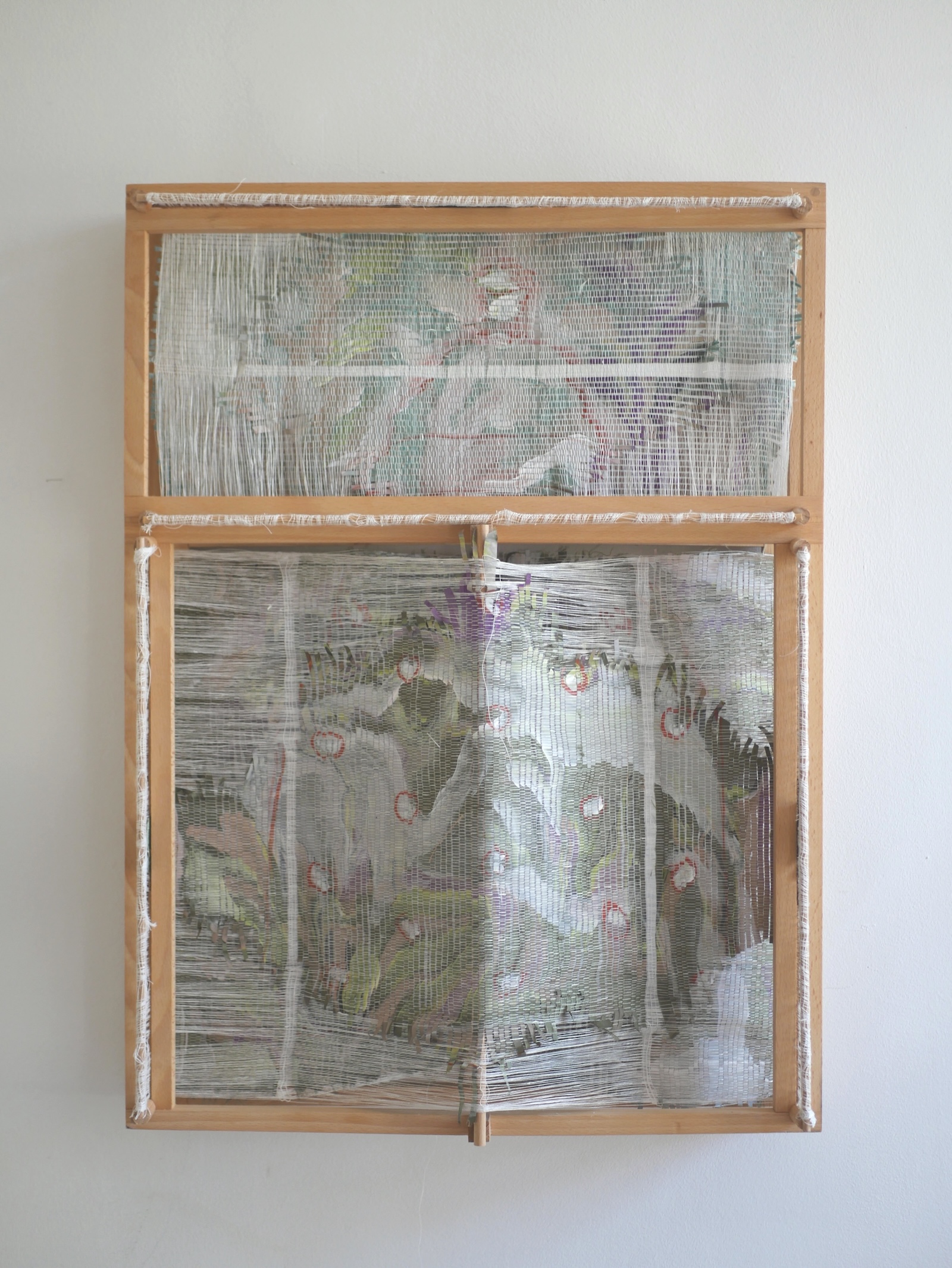
63,3 x 46,5 x 8 cm
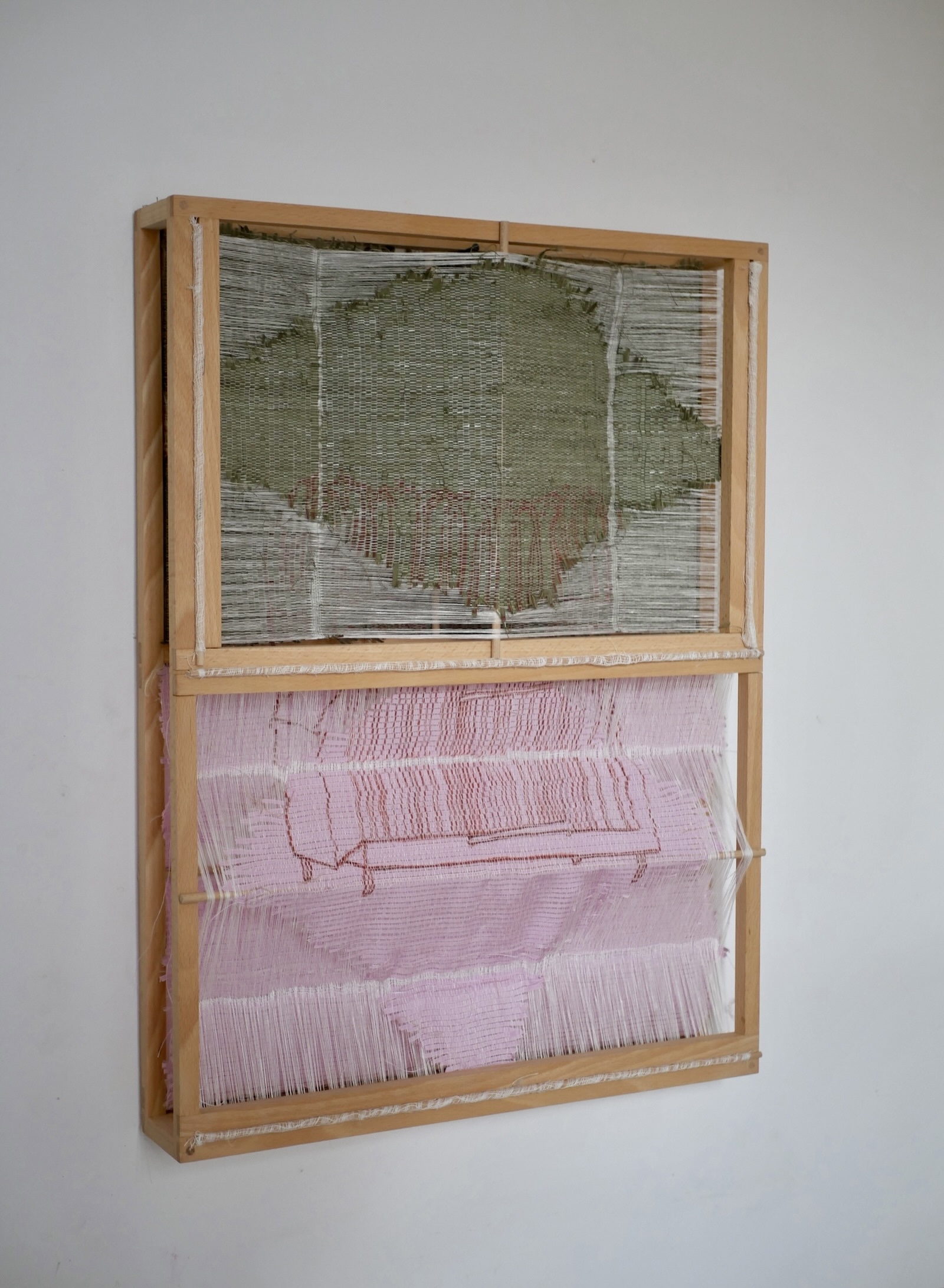
63,3 x 46,5 x 8 cm
©Salah Boutayeb
The Objet serie is part of Elise Peroi's artistic research into huts, a theme developed during her residency at the Fondation Thalie in Arles in 2024. Conceived as veritable objects in themselves, the support - a structure that can be modulated in space - and the surface communicate with each other. The artist echoes the everyday equipment found in the houses of the gardian in Camargue: a water filter, a cage or a washbasin.
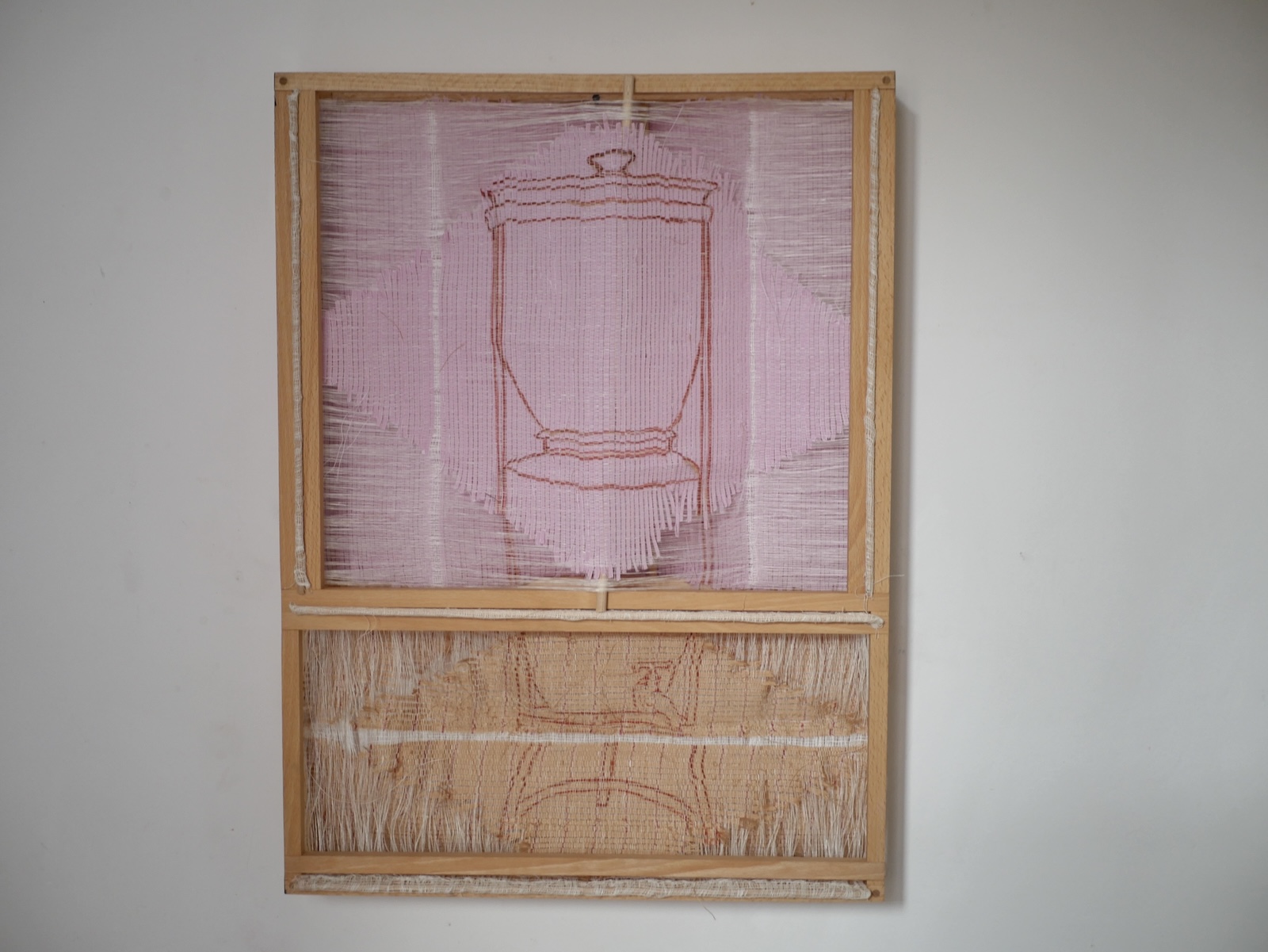
63,3 x 46,5 x 8 cm
©Salah Boutayeb
The Objet serie is part of Elise Peroi's artistic research into huts, a theme developed during her residency at the Fondation Thalie in Arles in 2024. Conceived as veritable objects in themselves, the support - a structure that can be modulated in space - and the surface communicate with each other. The artist echoes the everyday equipment found in the houses of the gardian in Camargue: a water filter, a cage or a washbasin.
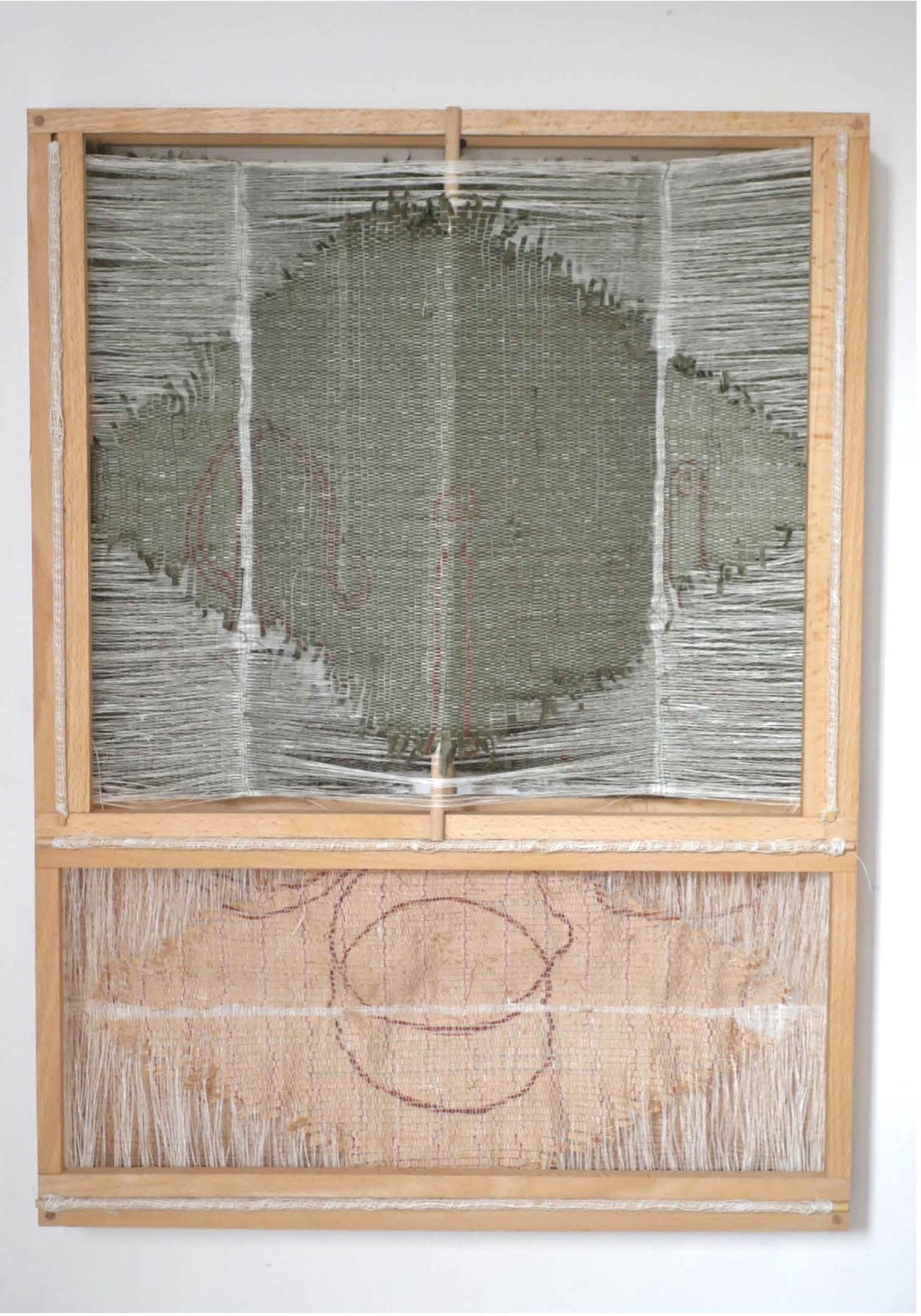
63,3 x 48,5 x 8 cm
©Salah Boutayeb
The Objet serie is part of Elise Peroi's artistic research into huts, a theme developed during her residency at the Fondation Thalie in Arles in 2024. Conceived as veritable objects in themselves, the support - a structure that can be modulated in space - and the surface communicate with each other. The artist echoes the everyday equipment found in the houses of the gardian in Camargue: a water filter, a cage or a washbasin.
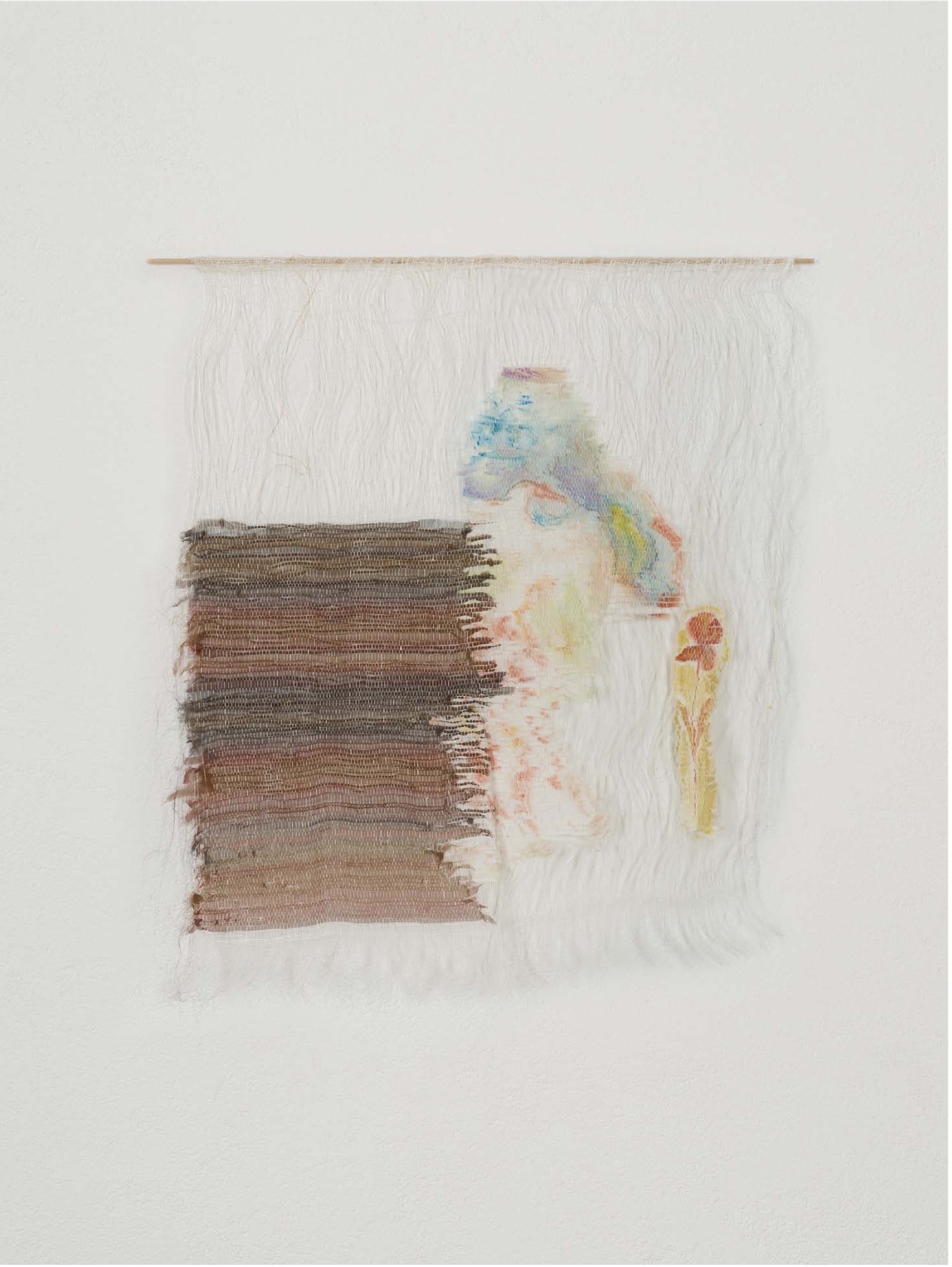
45 x 55 cm
©Adrien Thibault
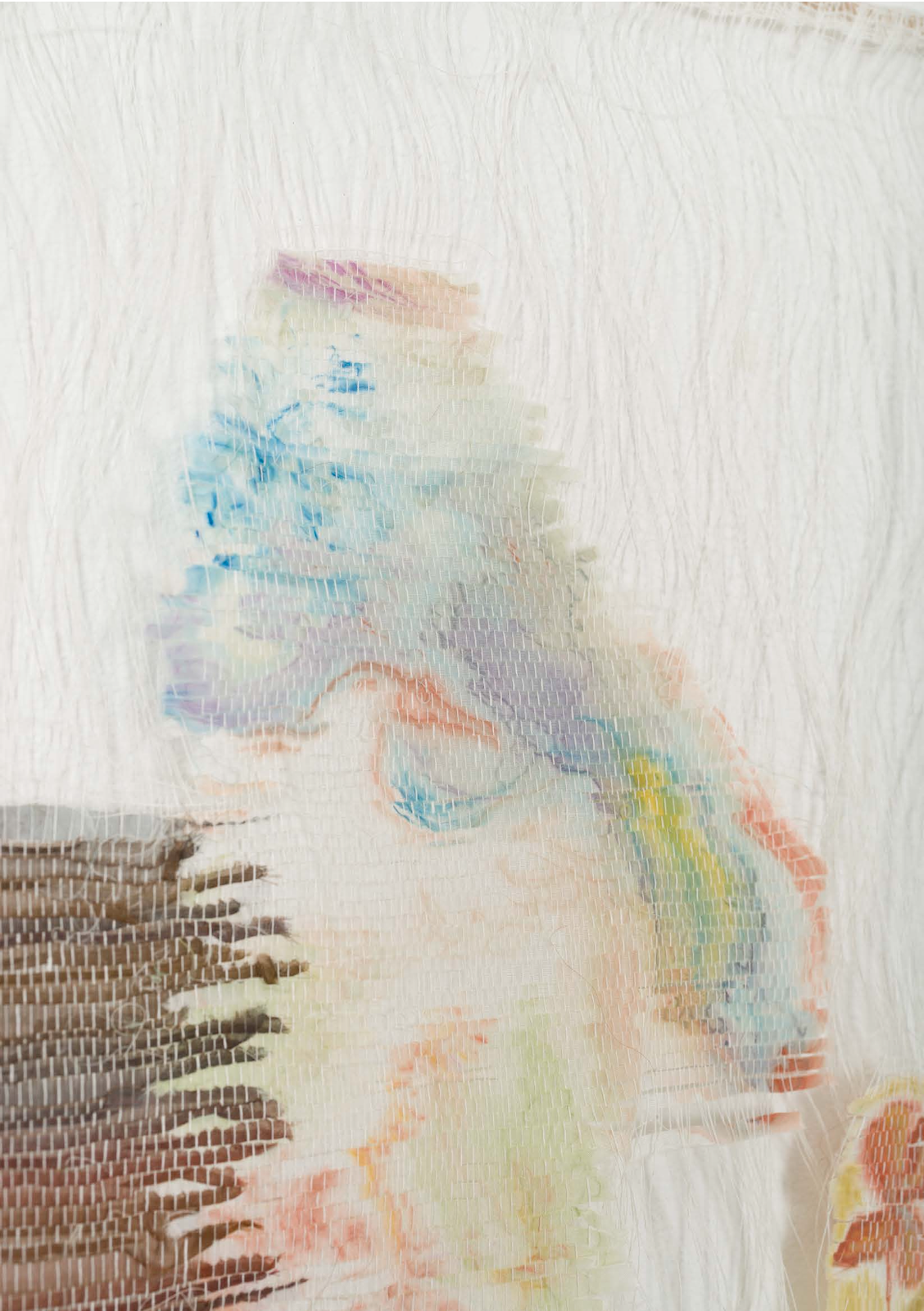
45 x 55 cm
©Adrien Thibault
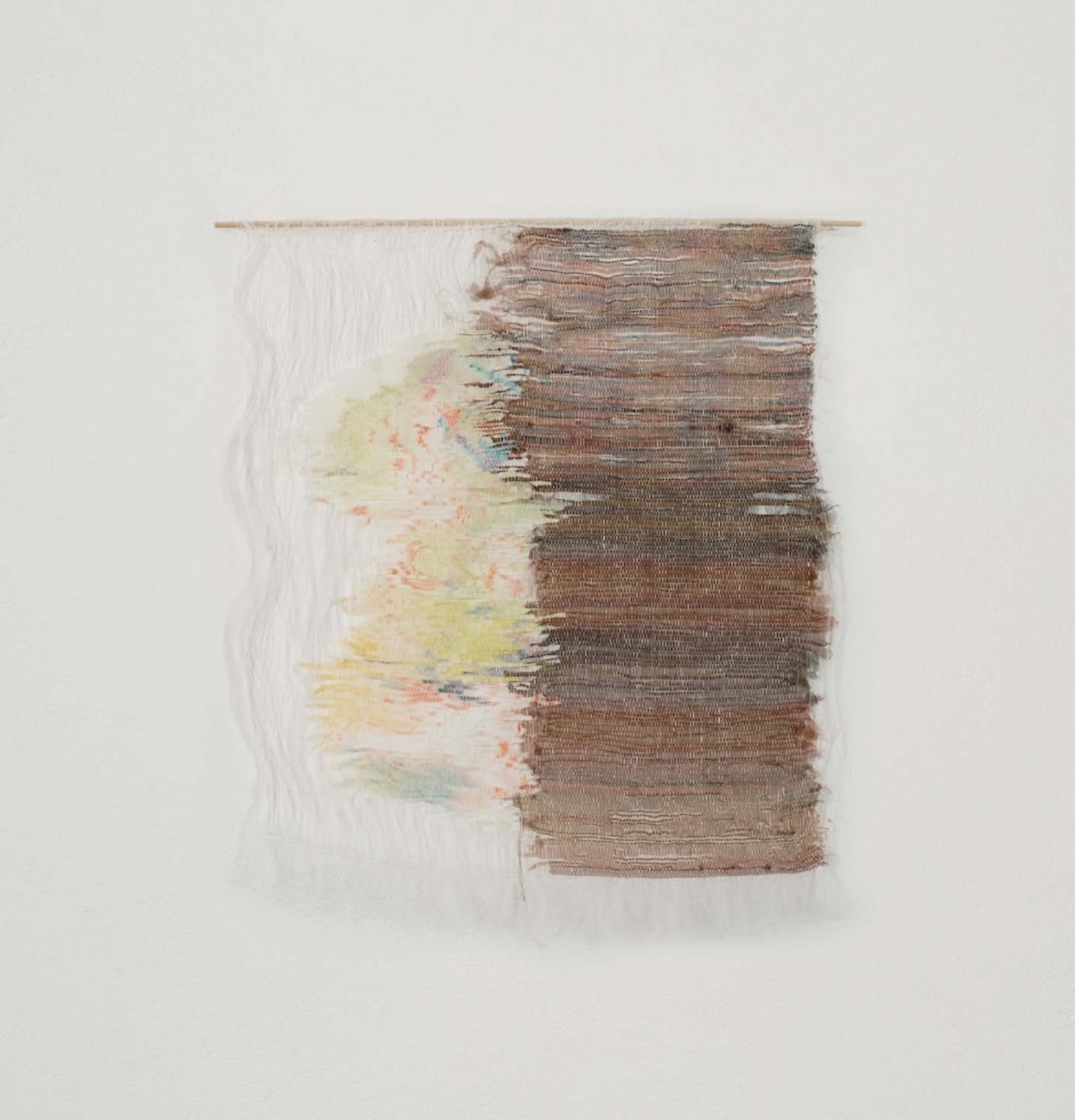
45 x 55 cm
©Adrien Thibault
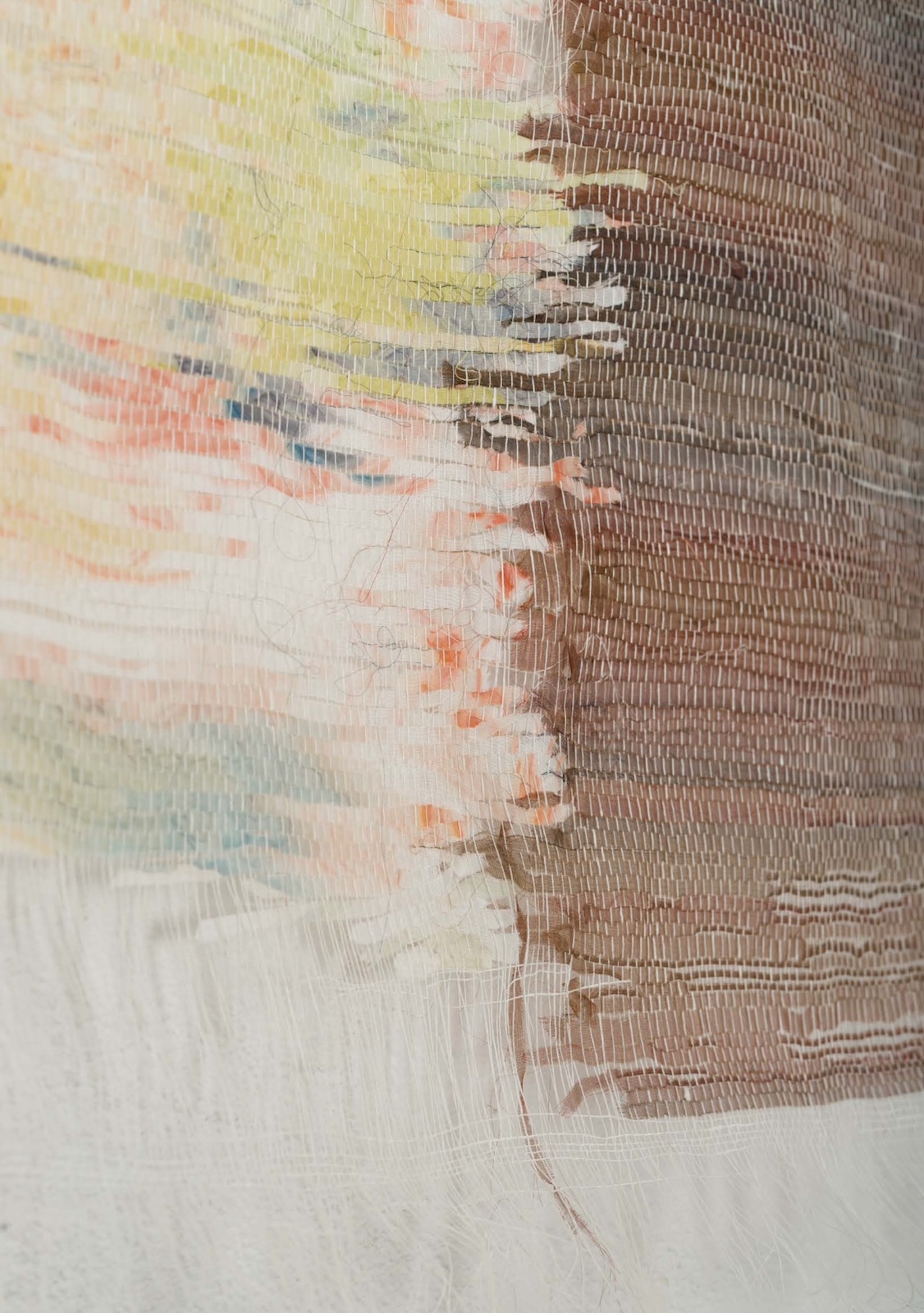
45 x 55 cm
©Adrien Thibault

513 x 423 x 40 cm
© Jules Toulet
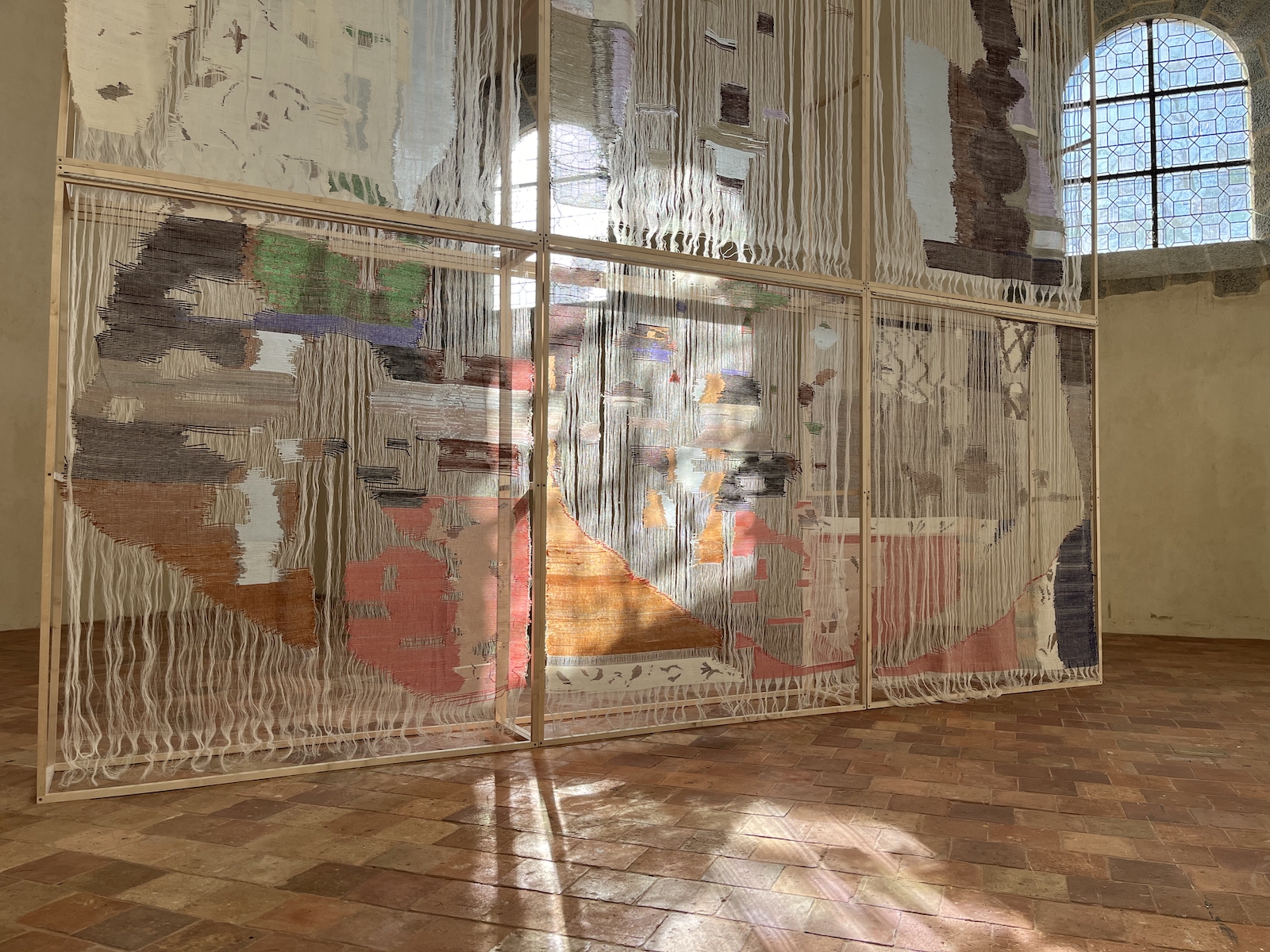
513 x 423 x 40 cm
© Jules Toulet
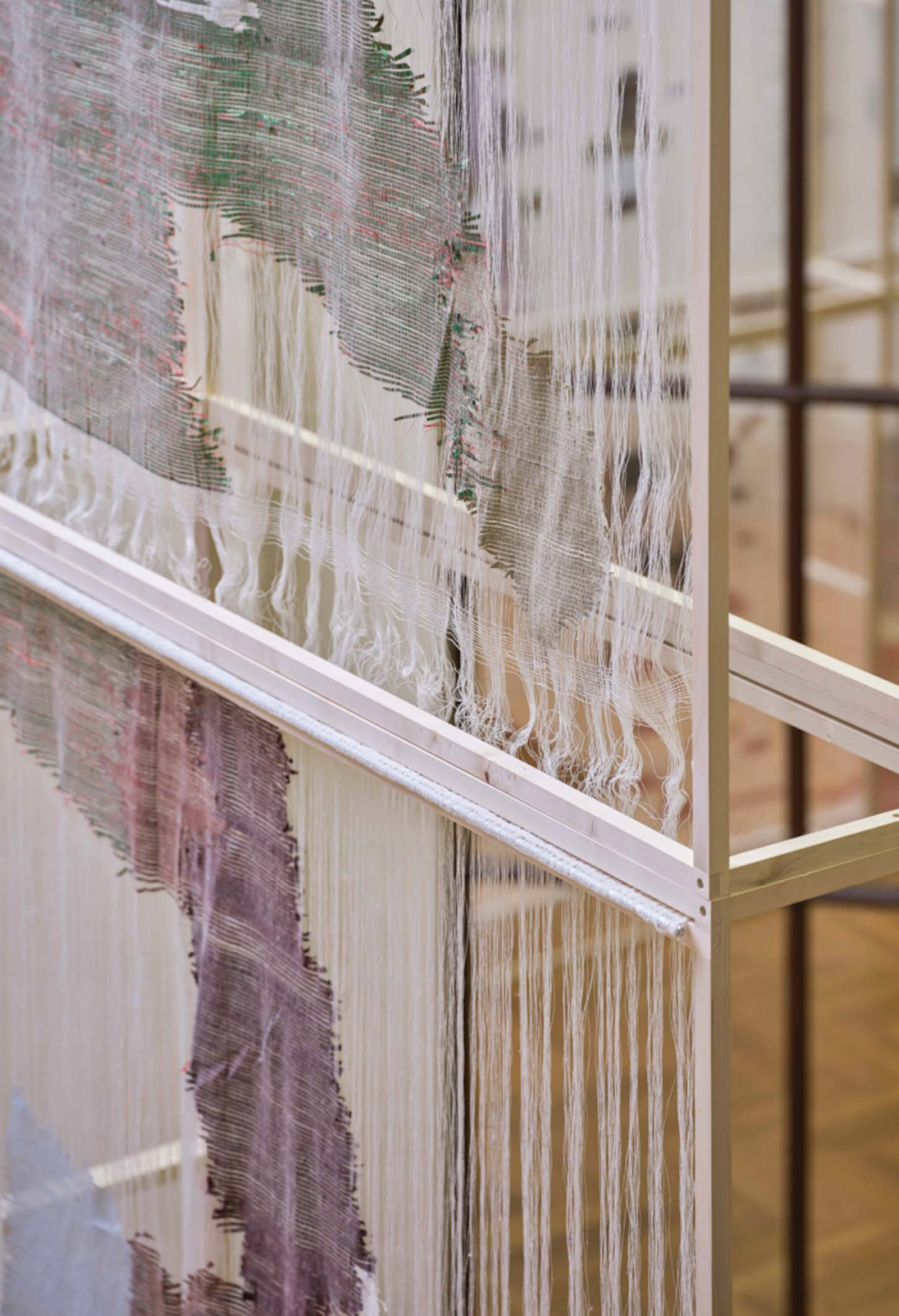
513 x 423 x 40 cm
© Jules Toulet
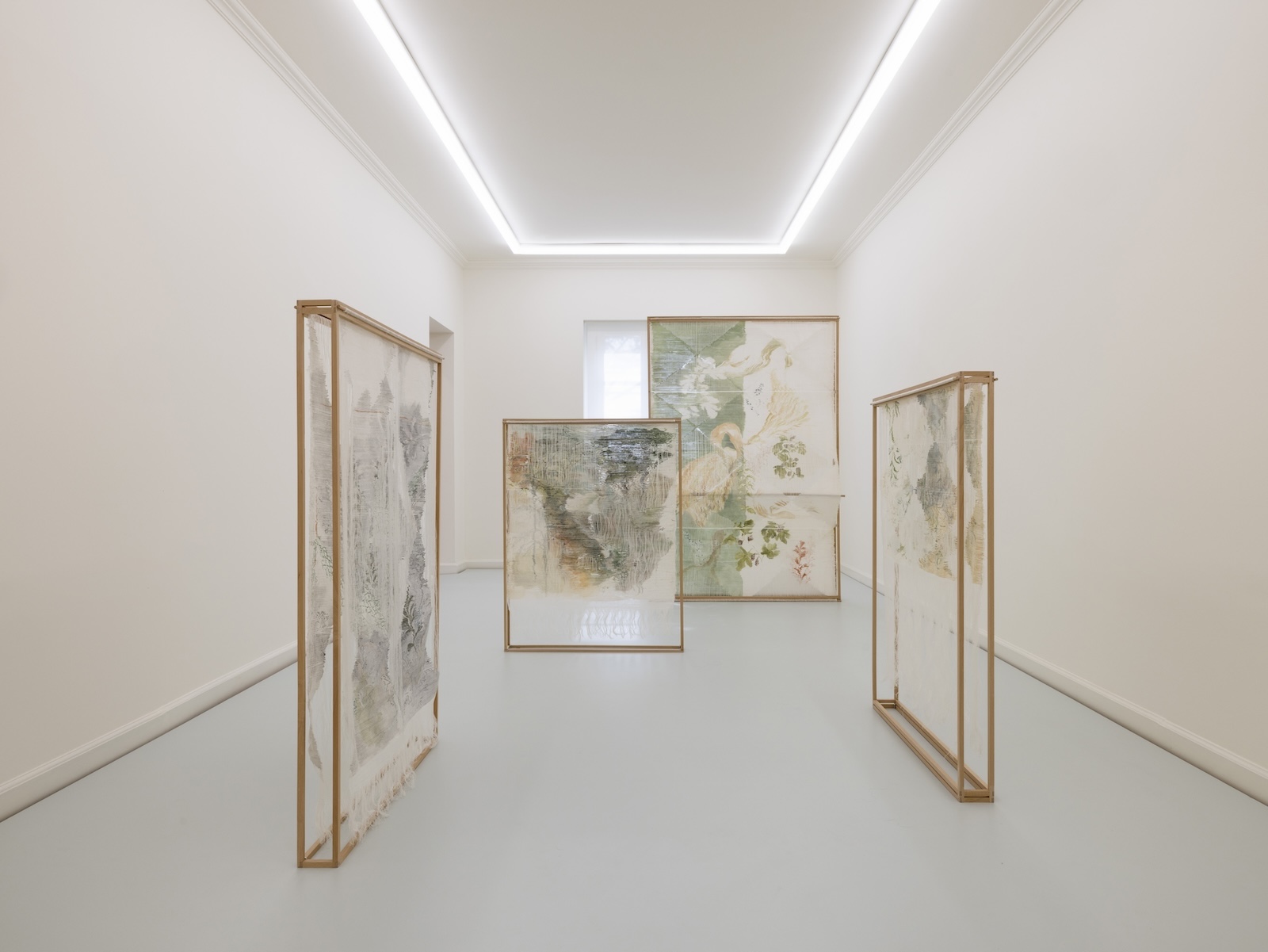
Variable dimension
©Andrea Rossetti
Les villes invisibles, 2023, is an installation composed of several pieces:
Lalage, 2022, linen, painted silk, beech, 95 x 138 x 11 cm
Ereme, 2022, linen, painted silk, beech, 95 x 124 x 11 cm
Songes II, 2022, linen, painted silk, beech, 140 x 198 x 15 cm
Nageur, 2022, linen, painted silk, beech, 95 x 124 x 11 cm
Group show, Un lac inconnu, 2023, Bally foundation, Lugano, Switzerland
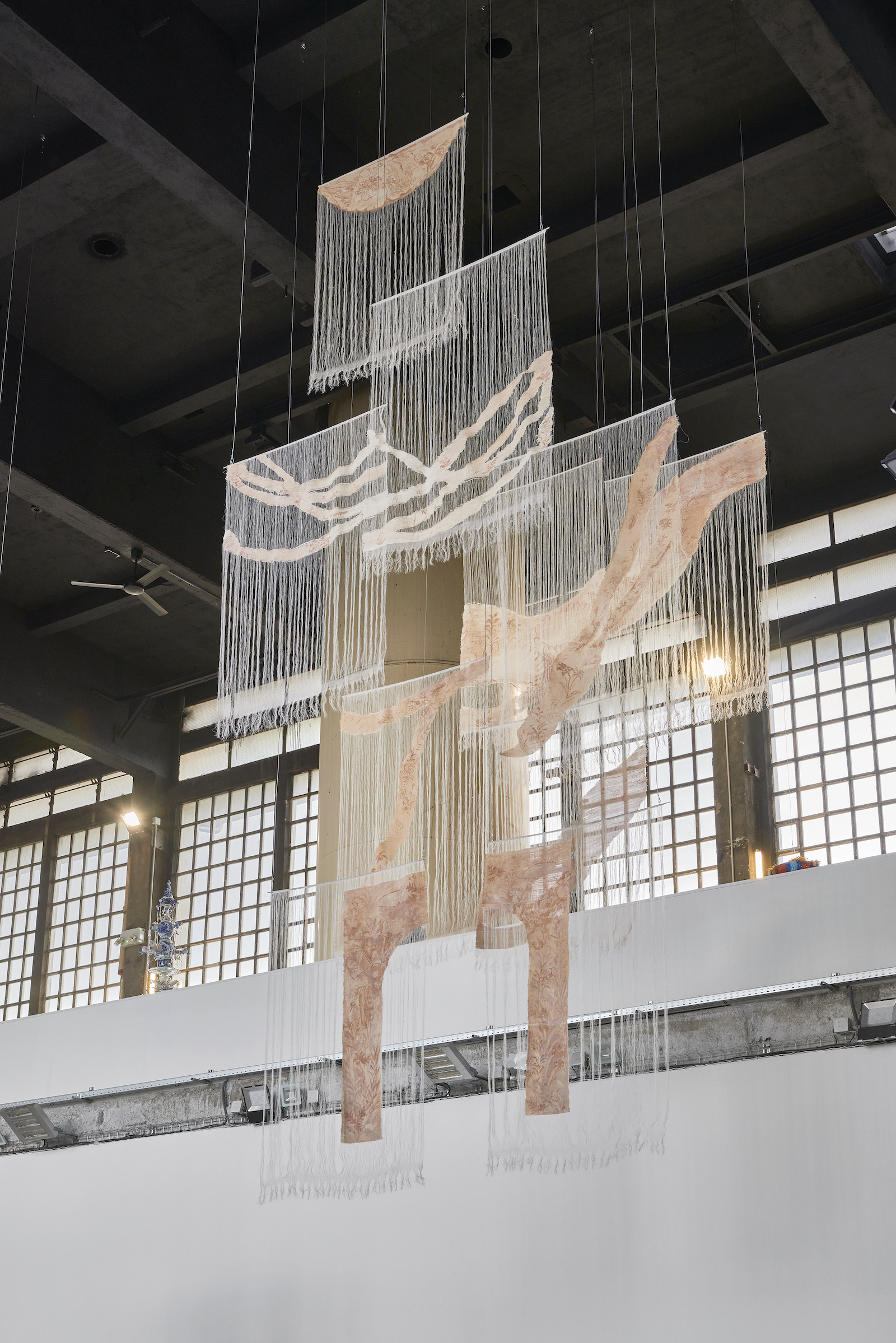
Variable dimension
© Sarah Duby
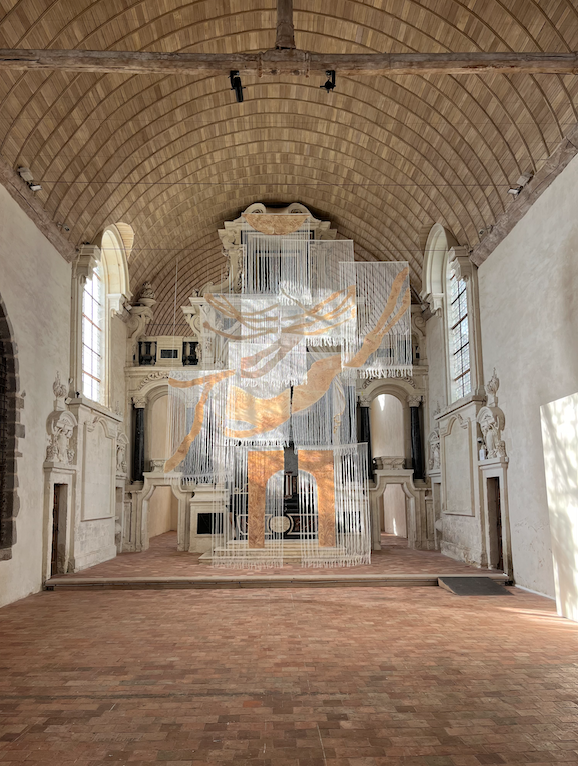
Variable dimension
© Sarah Duby
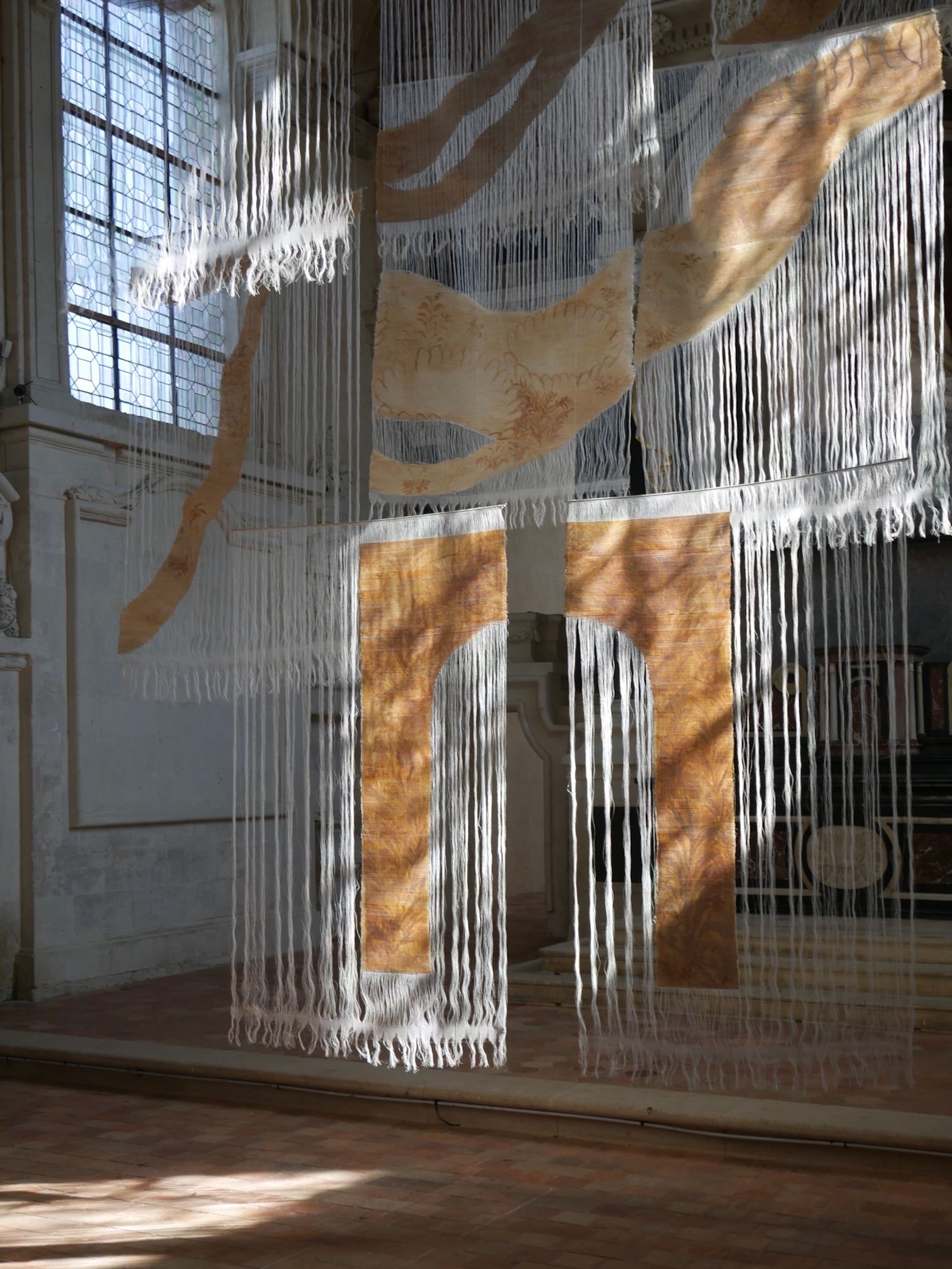
Variable dimension
© Sarah Duby
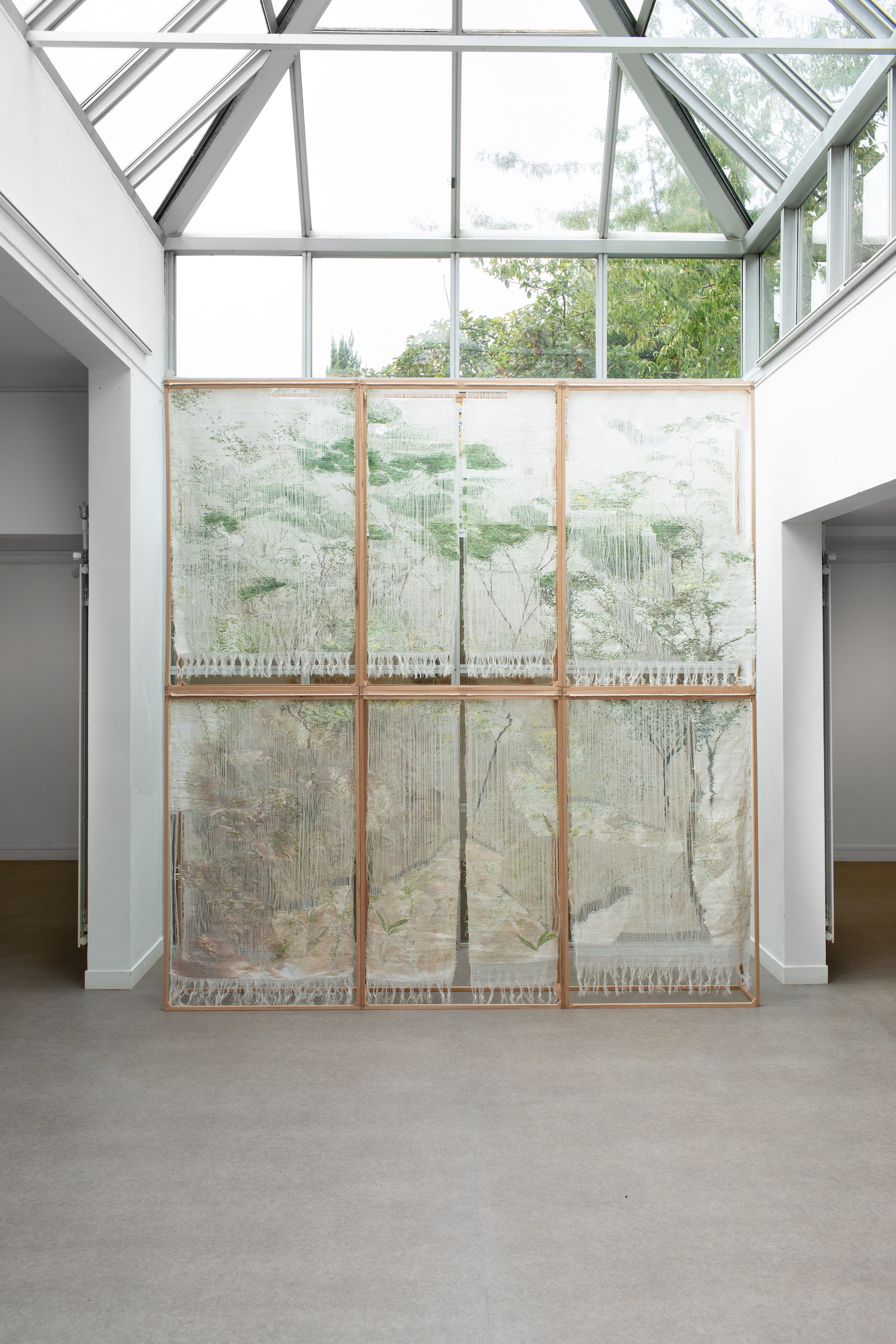
300 x 300 x 30 cm
© Margot Montigny
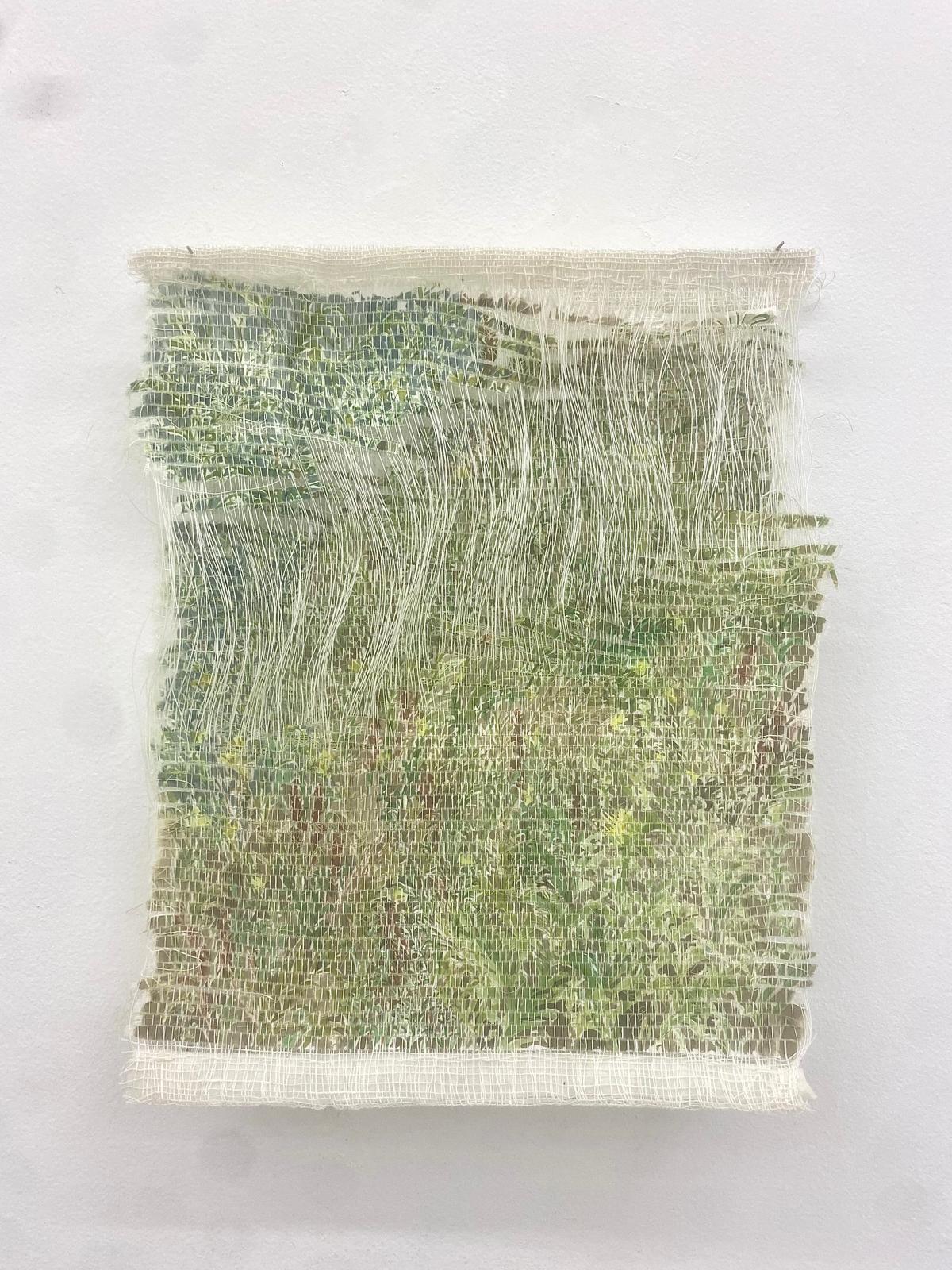
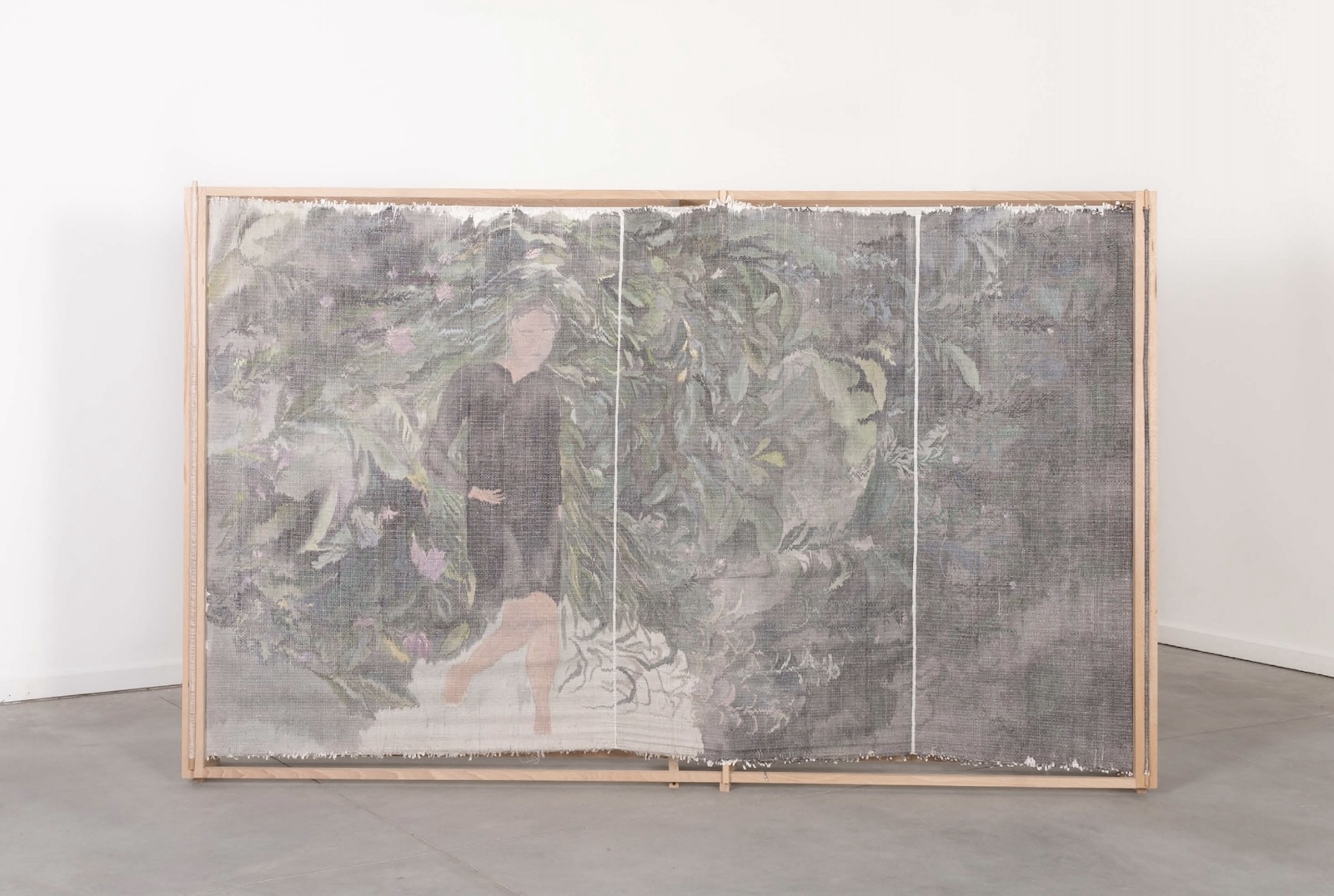
235 x 141 x 25 cm
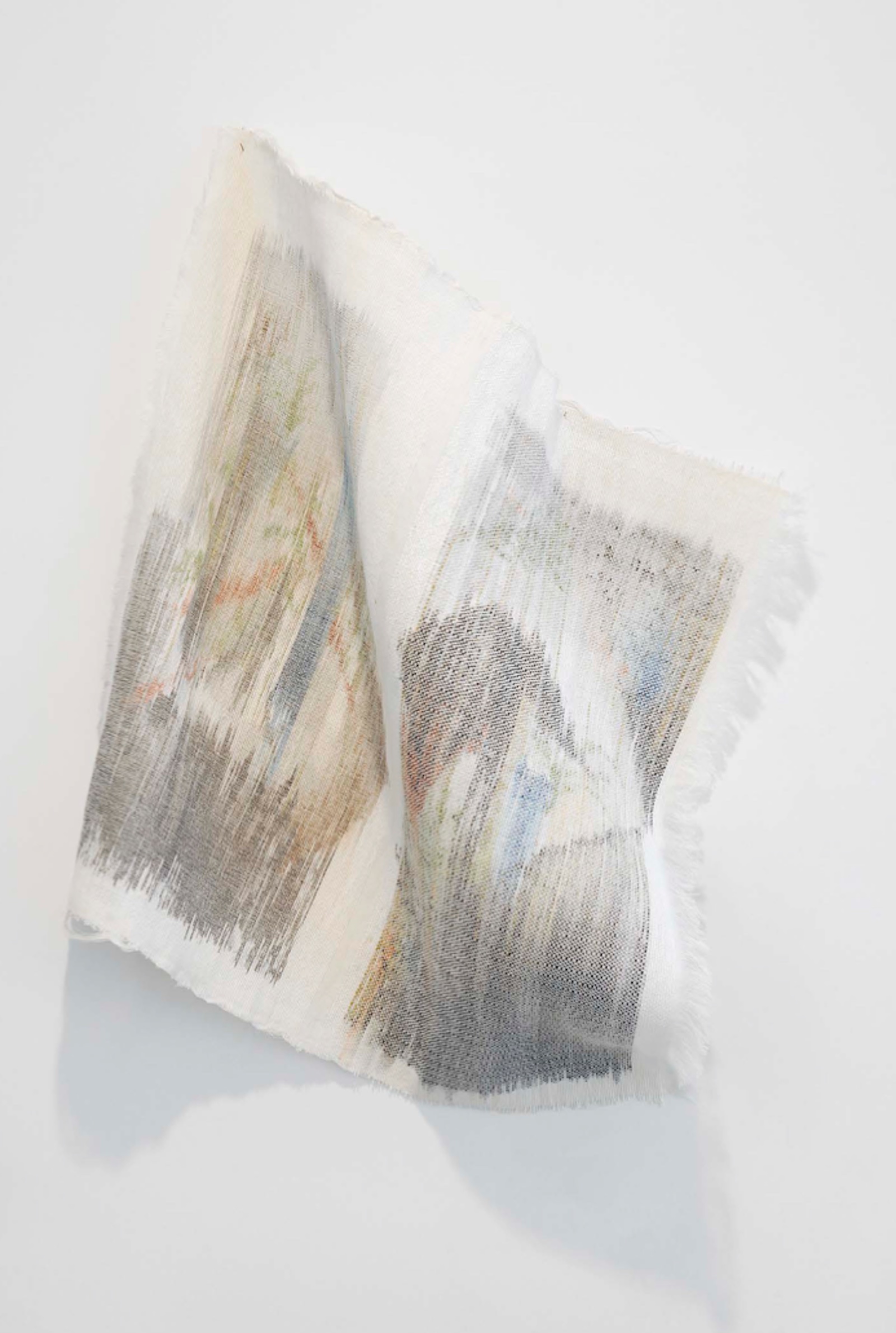
90 x 90 cm
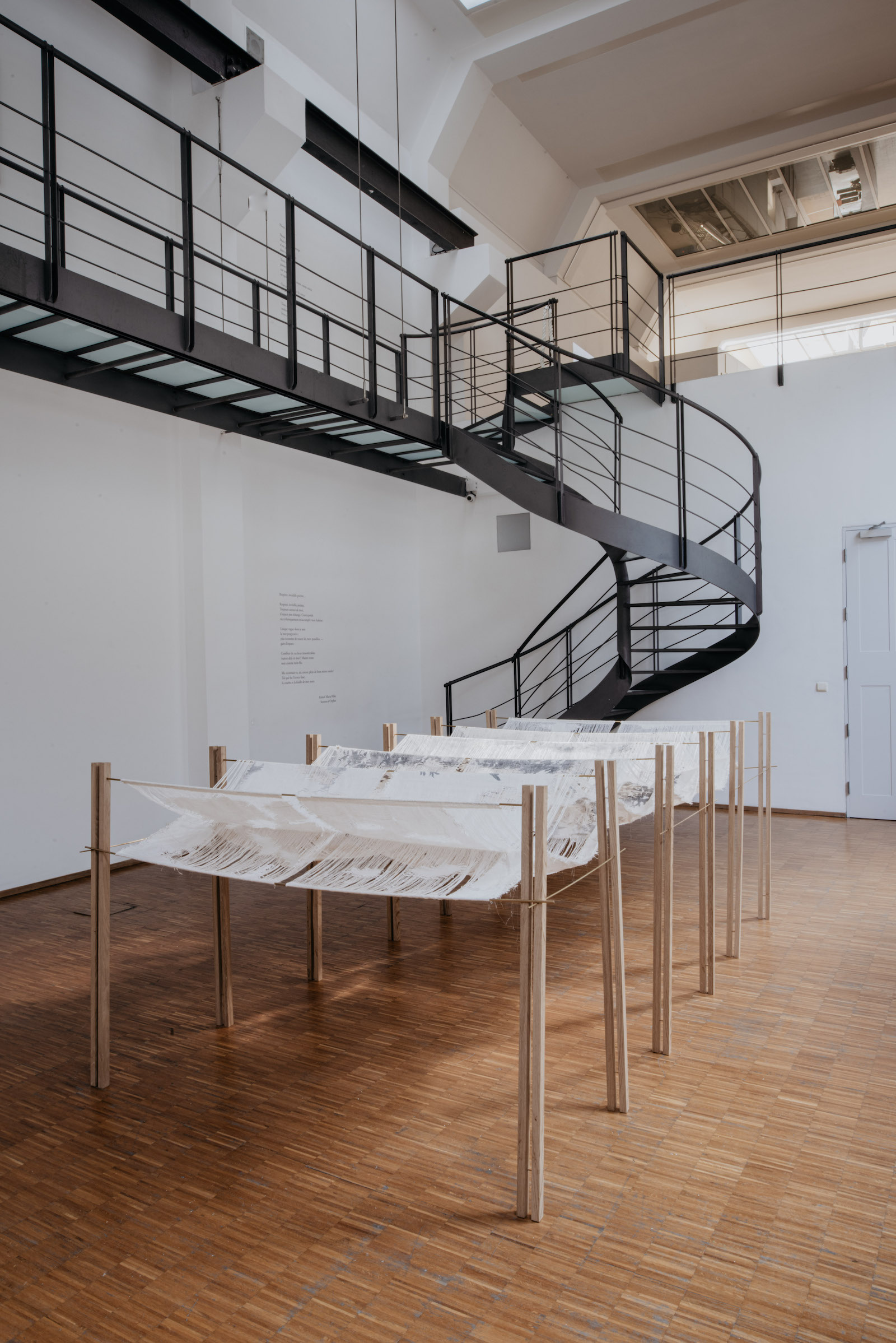
120 x 160 x 320 cm
©Jules Toulet
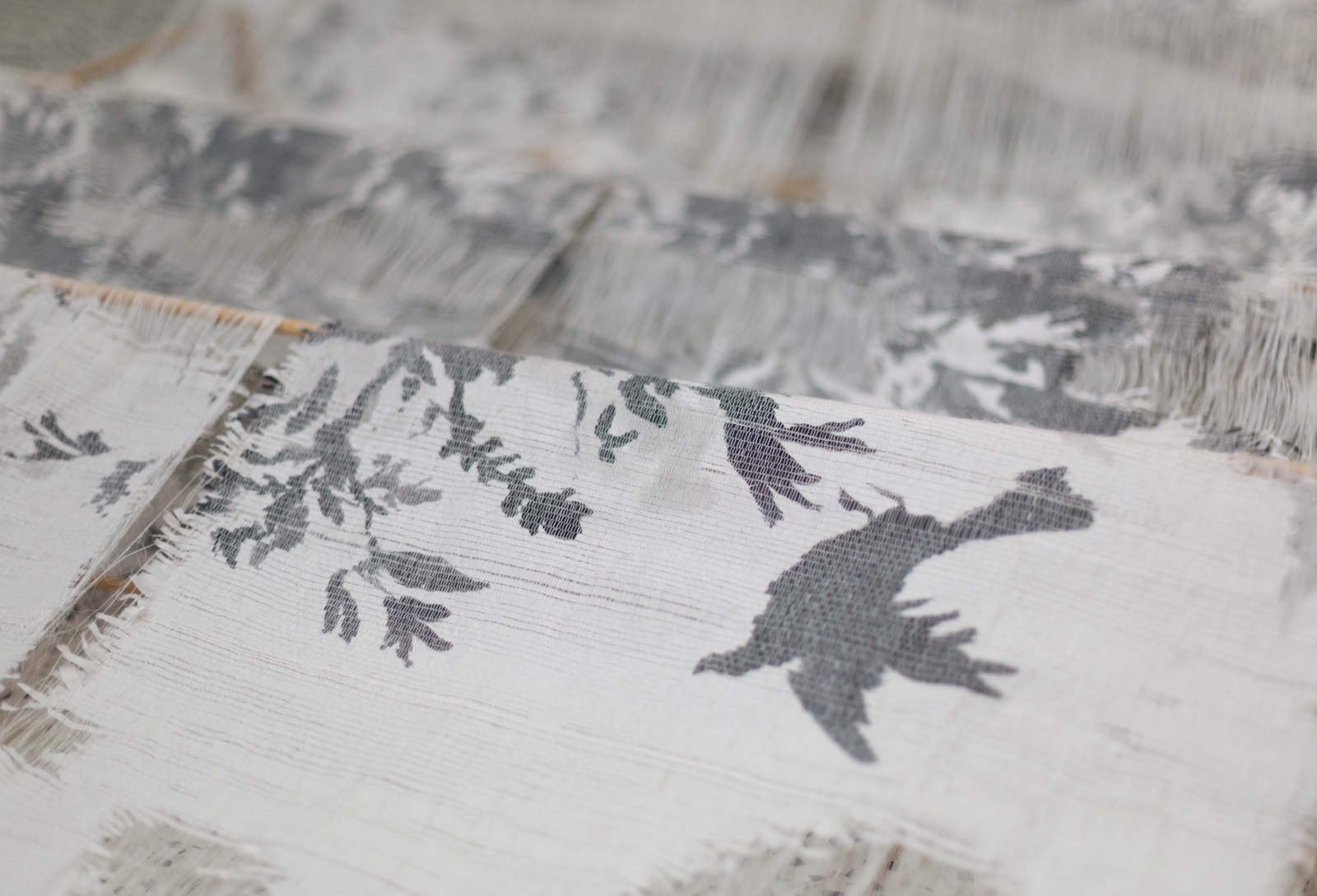
120 x 160 x 320 cm
©Jules Toulet
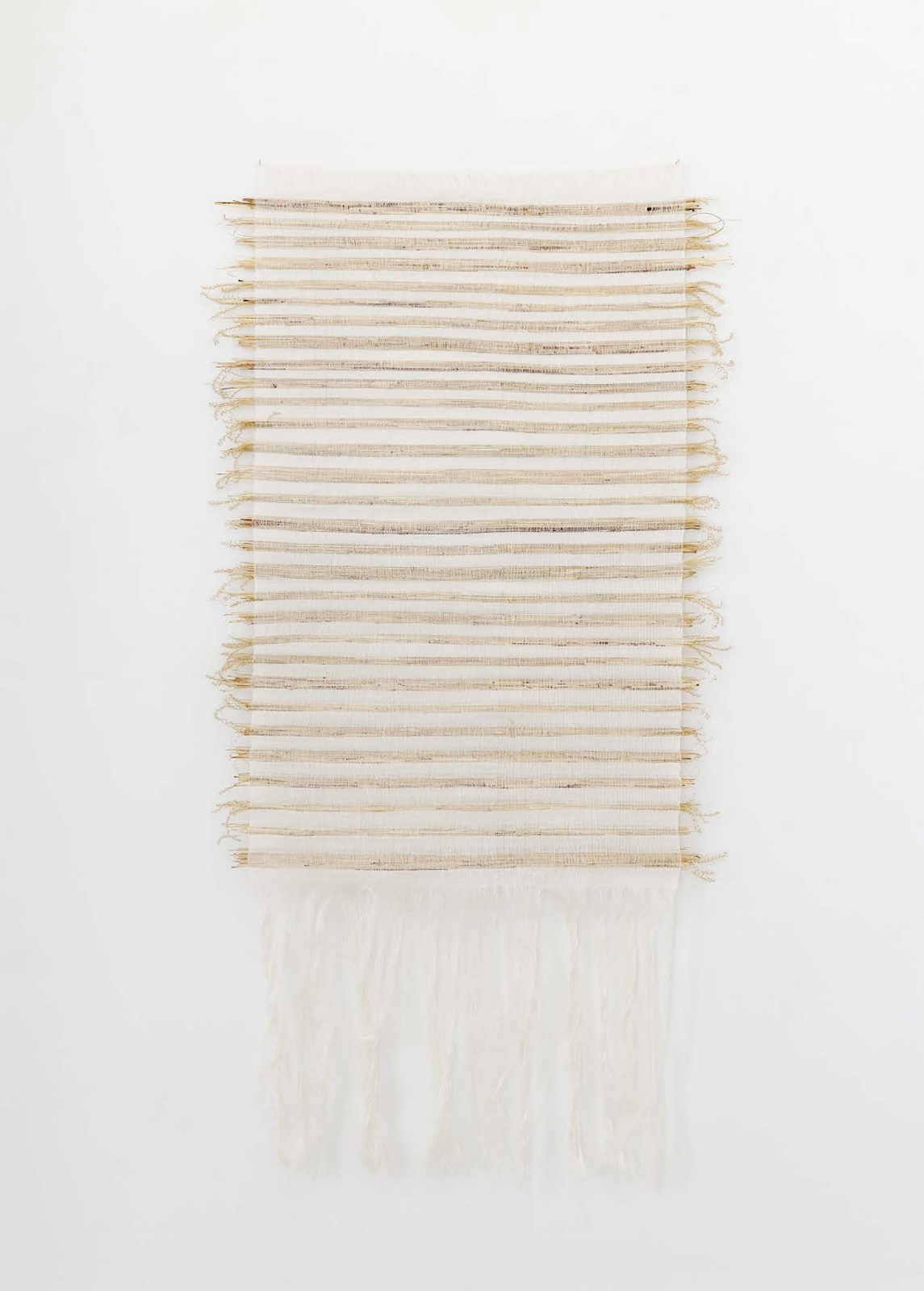
140 x 90 cm

28 x 17 x 37 cm
© Thomas Jean Henri
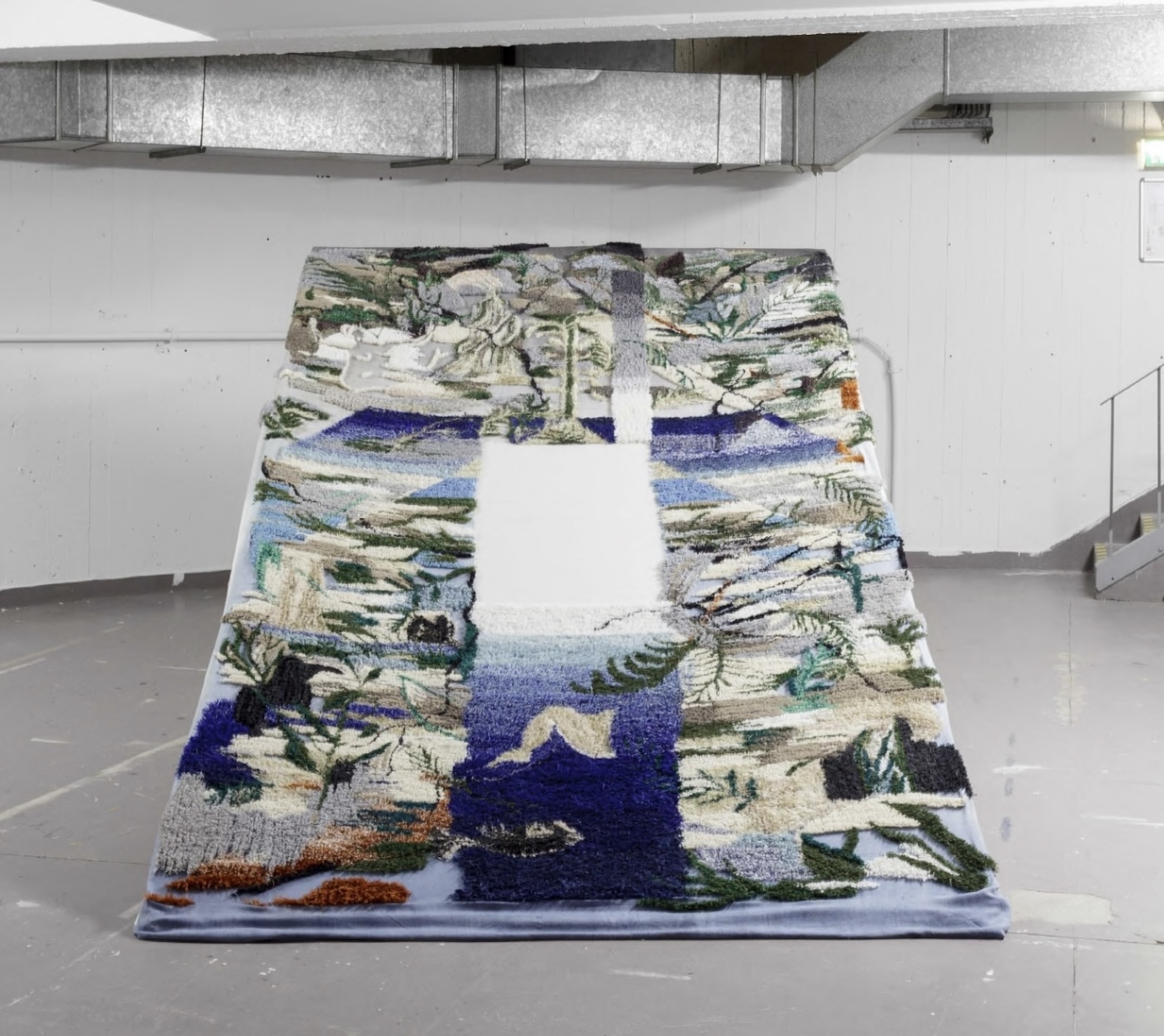
200 x 340 x 170 cm
Born in Nantes in 1990, Élise Peroi lives and works between Brussels (Belgium) and Arles (France). She graduated with a Master's degree in Textile Design from the Royal Academy of Fine Arts in Brussels in 2015.
Élise Peroi's work with weaving and emptiness seeks to convey what passes through, the breath, the atmosphere. Inspired by François Jullien's book Vivre de paysage ou L'impensé de la Raison, she seeks to convey an all-encompassing vision of the world, where everything around us ‘is no longer a matter of “seeing”, but of living'. Her work, which reveals suspended spaces, also refers to the notion of time, the workshop and the tool. Translating what precedes the creation of a work refers to Paul Valéry's text, La philosophie de la danse, and leads to an awareness of the poetic aspect of gestures. In 2016, with the support of the Halles de Schaerbeek in Brussels, she began to develop performances based on weaving.
Élise Peroi has taken part in numerous solo and group exhibitions since 2015, including Un lac inconnu, Bally Foundation (CH); Roma, a portrait, Palazzo delle Esposizioni (IT); House of Dreamers, Fondation Boghossian (BE); The Sowers, Fondation Thalie (BE); Là où se trouve la forêt, Botanique (BE); Foresta, Le Bel Ordinaire (FR); Inspire, Iselp (BE), and more. She is regularly invited for residencies: Fondation Thalie (FR) Academia Belgica (IT); La Serre - arts vivants (CA); The Hong Kong Arts Centre (HK); La Bellone (BE); Fédération Wallonie- Bruxelles, Île de Comacina (IT), etc.